Life expectancy isn’t just a number on a chart – it’s a mirror reflecting how well our communities protect and nurture their residents. While Illinois ranked 23rd-highest based on life expectancy, with a newborn expected to live 76.8 years as of recent data, the reality is far more complex when you examine individual counties. Hidden within the Prairie State’s borders are stark disparities that reveal troubling truths about health, economics, and opportunity.
Life expectancy can be affected by a variety of factors. About 25% of your lifespan is determined by genetics, while health and wellness habits can add more than a decade to your life. But what might surprise you is how dramatically your ZIP code can influence whether you’ll see your 70th birthday or celebrate your 80th. Let’s dive deep into the counties where Illinois residents face the greatest longevity challenges.
50. Vermilion County – 74.2 Years
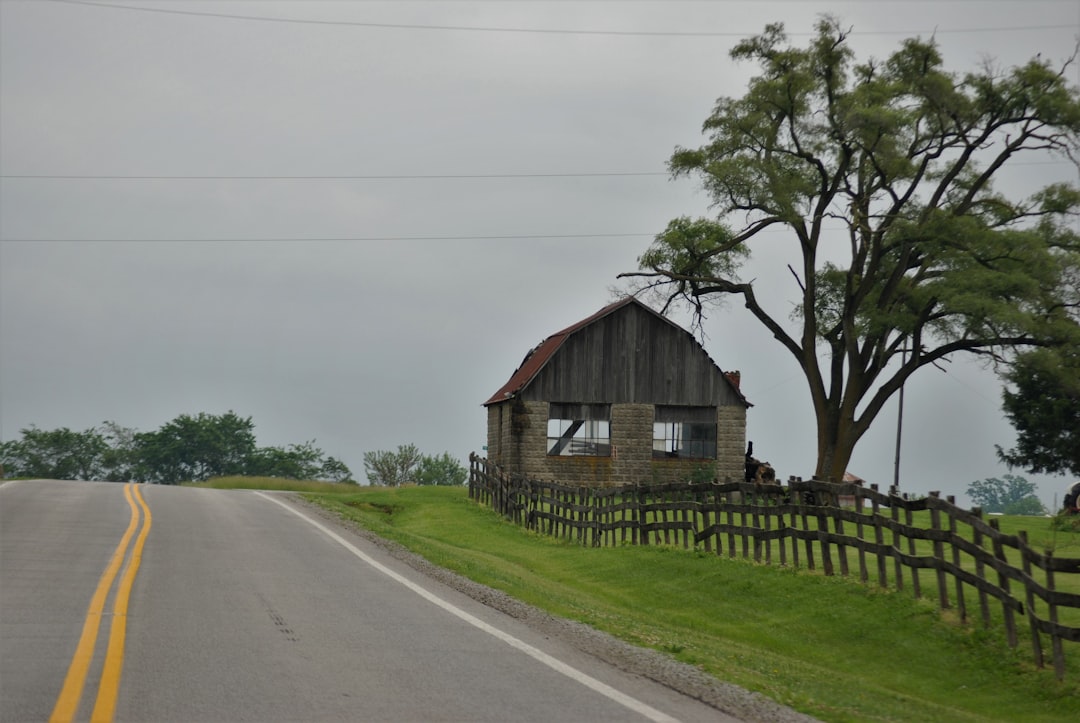
Vermilion County kicks off our countdown, sitting at the borderline of concern with a life expectancy that falls nearly four years below the state average. Located on Illinois’ eastern border with Indiana, this county of roughly 77,000 residents faces unique challenges that ripple through generations.
The county’s struggles stem from a perfect storm of economic decline and health disparities. Manufacturing job losses have created ripple effects that extend far beyond unemployment statistics.
**Key Statistics for Vermilion County:**
• Population: 77,295 (2024 estimate)
• Poverty rate: 18.4%
• Adult smoking rate: 22.1%
• Physical inactivity rate: 28.7%
49. Kankakee County – 74.1 Years
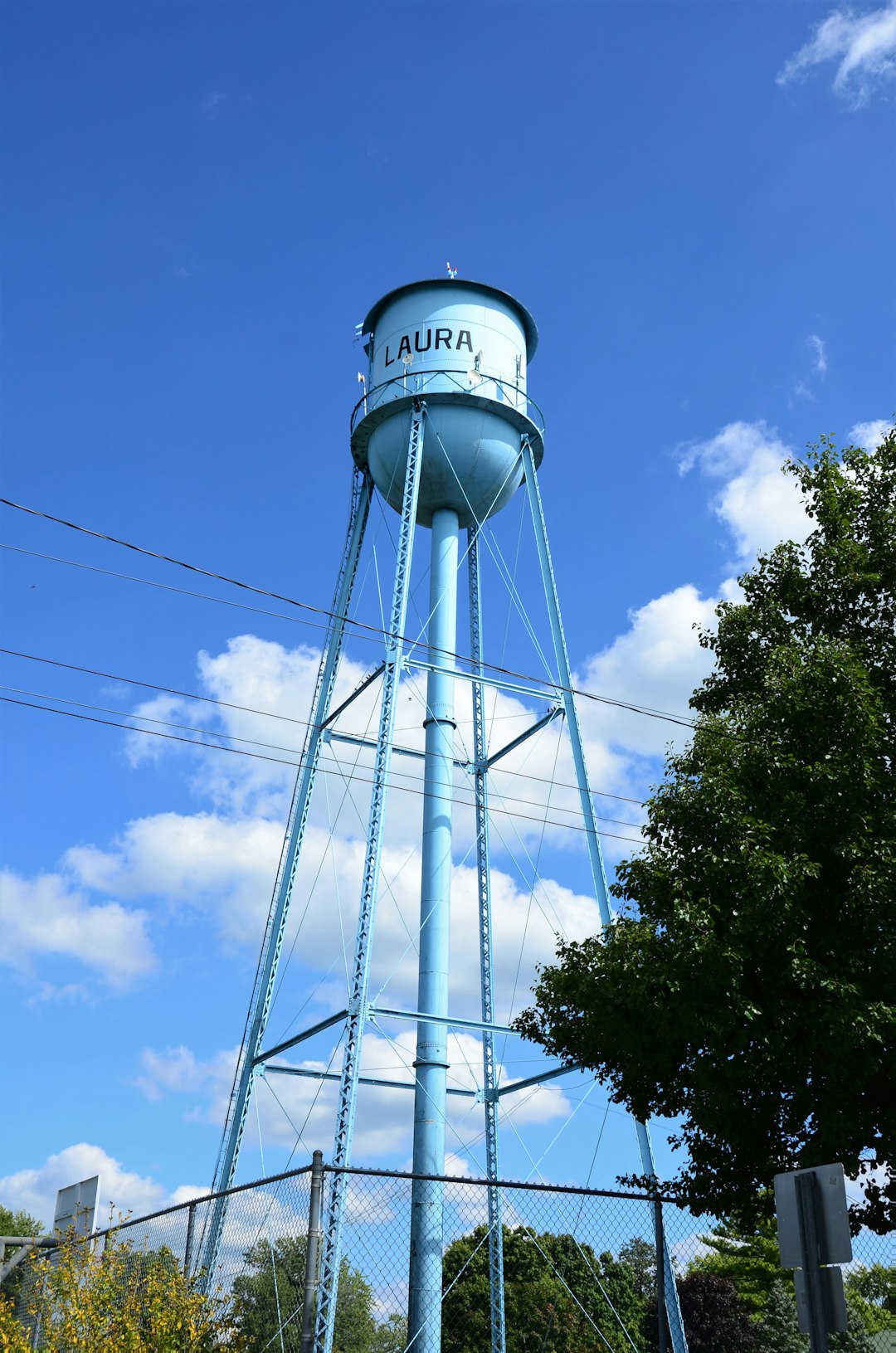
Just south of Chicago’s metropolitan influence, Kankakee County residents live an average of 3.9 years less than their counterparts in healthier Illinois counties. The proximity to urban amenities doesn’t translate to better health outcomes here.
Rural-urban disparities play out in stark relief across Kankakee’s landscape. While some areas benefit from suburban-style healthcare access, rural communities struggle with provider shortages and transportation barriers.
**Health Challenges in Kankakee County:**
• Uninsured rate: 9.2%
• Diabetes prevalence: 11.8%
• Mental health provider ratio: 680:1
• Primary care provider ratio: 1,890:1
48. White County – 73.9 Years
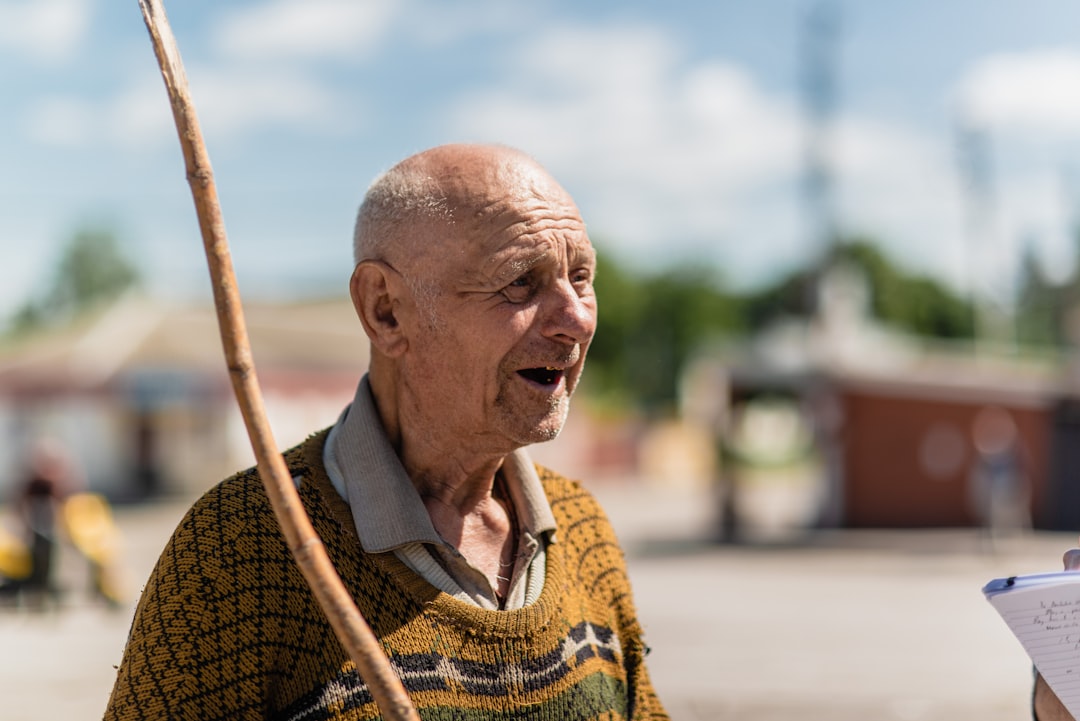
White County’s aging population faces compounding health challenges that drag down overall life expectancy. With a median age significantly higher than the state average, chronic disease management becomes a critical factor in community health outcomes.
The county’s rural character creates both charm and challenges. Limited public transportation options mean residents often delay necessary medical care due to distance and access issues.
47. Hamilton County – 73.7 Years
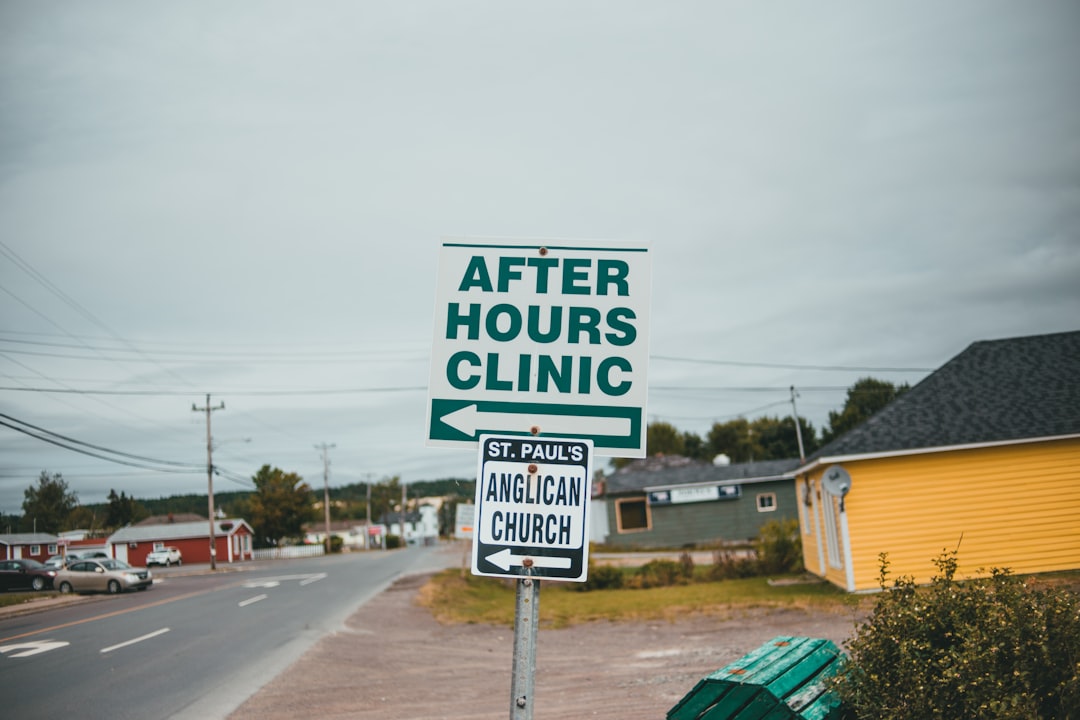
Hamilton County represents the complex interplay between environmental factors and health outcomes. Located in southern Illinois, residents here face a combination of economic and health challenges that create lasting impacts on longevity.
Agricultural communities like Hamilton often struggle with healthcare workforce retention. Young medical professionals tend to gravitate toward urban areas, leaving rural populations underserved.
**Environmental and Health Factors:**
• Air quality rating: Moderate concern
• Water quality violations: 3 in past year
• Food environment index: 7.8/10
• Exercise opportunities: Limited
46. Lawrence County – 73.5 Years
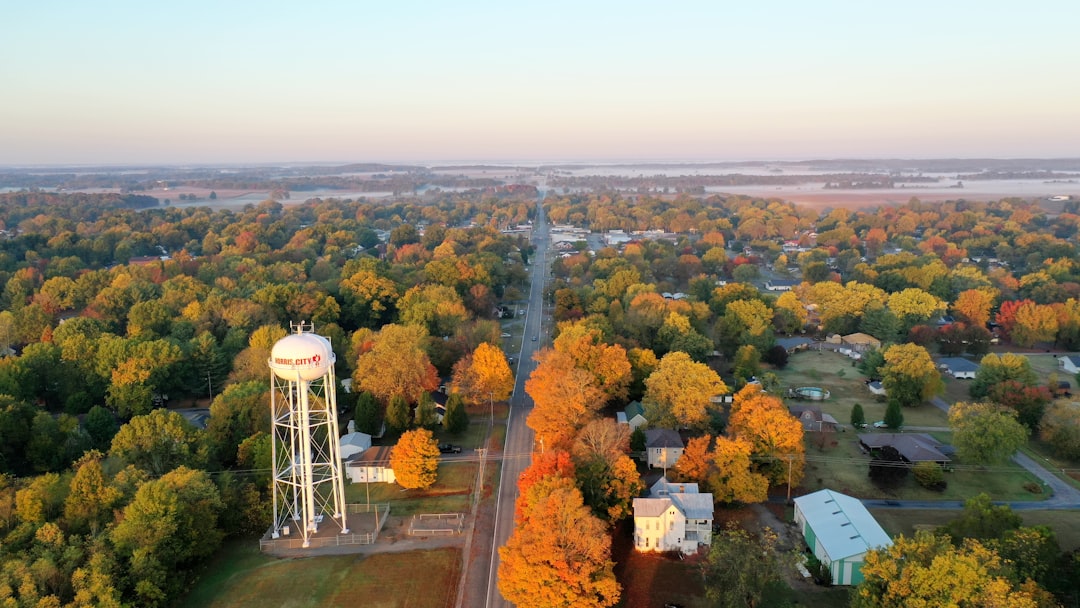
Lawrence County’s residents navigate a healthcare landscape marked by resource constraints and geographic isolation. The county’s position in southeastern Illinois places it far from major medical centers, creating barriers to specialized care.
Economic factors play an outsized role in health outcomes here. Limited employment opportunities often mean residents must choose between work and healthcare appointments, leading to delayed preventive care.
45. Crawford County – 73.4 Years

Crawford County exemplifies how industrial legacy can impact community health decades later. Former oil industry activity has left environmental concerns that continue to influence public health outcomes.
The county’s small population of roughly 19,000 residents creates both intimacy and isolation. While neighbors know each other well, accessing specialized medical services often requires lengthy travel times.
44. Clay County – 73.2 Years

Clay County’s health challenges reflect broader rural Illinois trends: an aging population, limited healthcare infrastructure, and economic pressures that make healthy living more difficult to achieve.
Mental health services are particularly scarce in Clay County, with residents often traveling over an hour to access psychiatric care or counseling services.
**Clay County Health Metrics:**
• Mental health provider ratio: 1,240:1
• Preventable hospital stays: 78 per 1,000 Medicare enrollees
• Mammography screening rate: 34.2%
• Flu vaccination rate: 41.8%
43. Edwards County – 73.1 Years
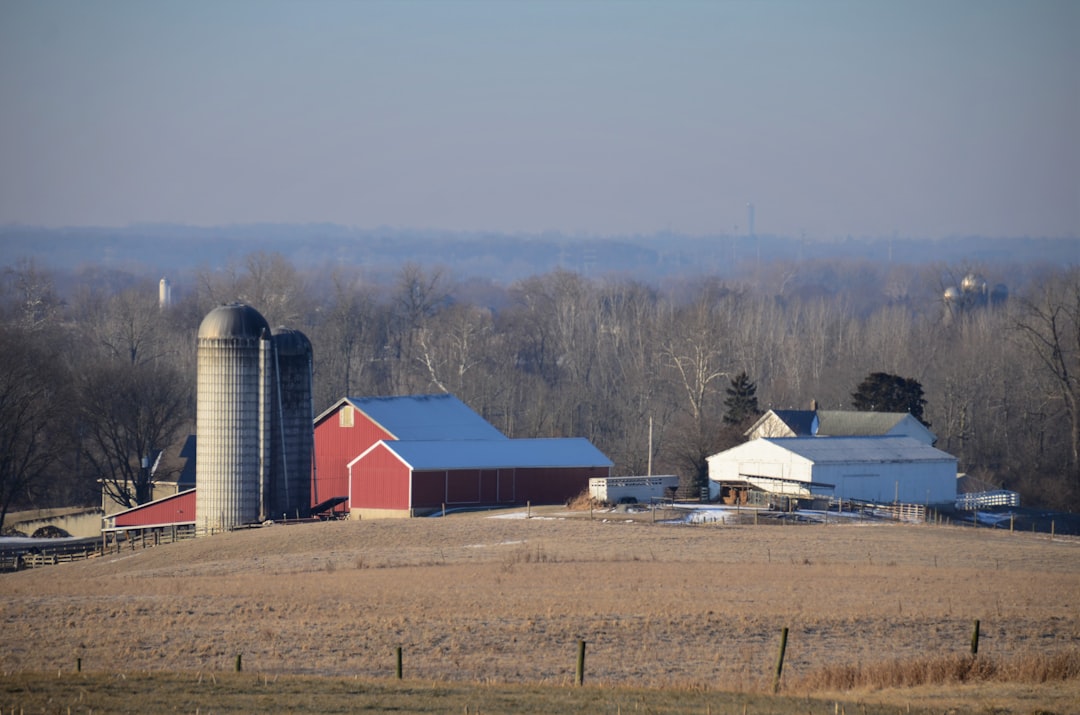
Edwards County, with fewer than 7,000 residents, faces the unique health challenges of Illinois’ smallest counties. The economics of healthcare delivery become particularly complex when serving such small populations.
Physician recruitment and retention remain ongoing struggles. The county often relies on visiting specialists and telemedicine to supplement local healthcare capacity.
42. Richland County – 73.0 Years
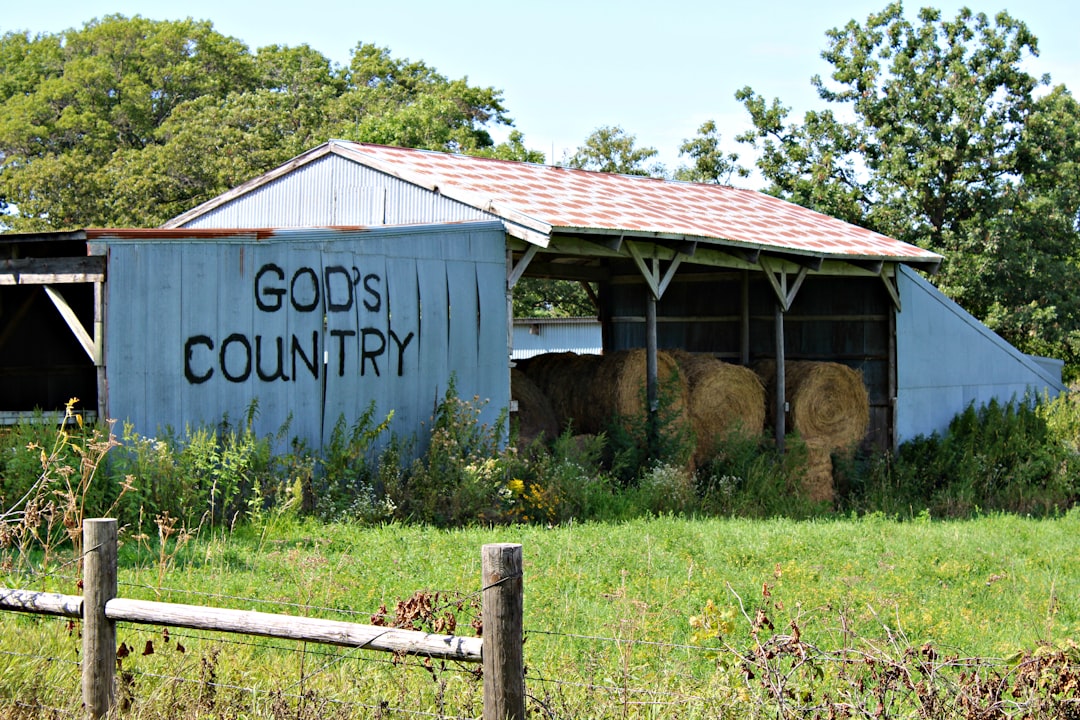
Richland County sits at the intersection of multiple health challenges that compound to create lower life expectancy. The county’s rural nature, combined with an older median age, creates a perfect storm for health disparities.
Transportation barriers significantly impact healthcare access. Many residents, particularly elderly individuals, struggle to travel to medical appointments, leading to missed preventive care opportunities.
41. Wabash County – 72.9 Years
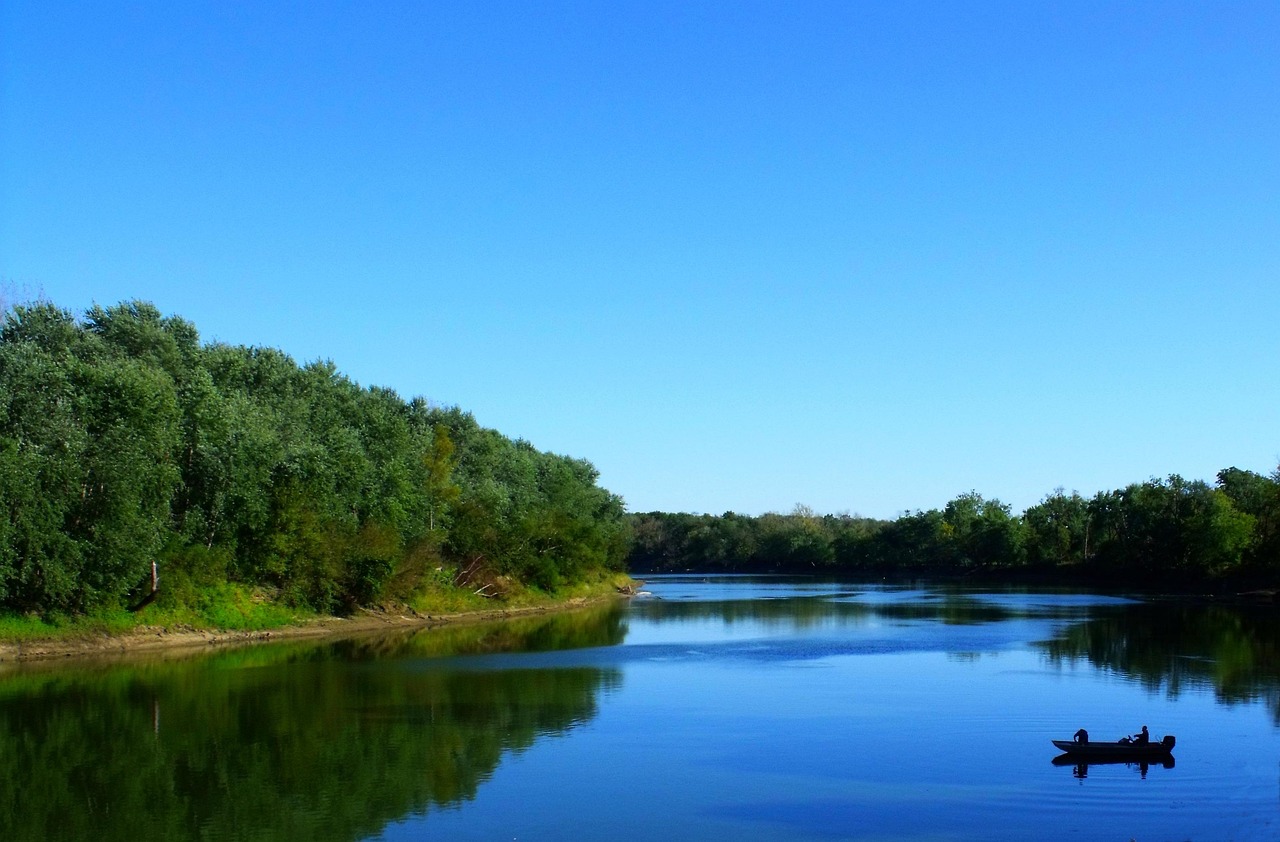
Wabash County’s location along the Wabash River creates both natural beauty and health challenges. Flooding risks and environmental concerns intersect with healthcare access issues to impact resident longevity.
The county’s small population makes it difficult to support comprehensive medical services locally. Residents often travel to Terre Haute, Indiana, or other regional centers for specialized care.
40. Cumberland County – 72.8 Years
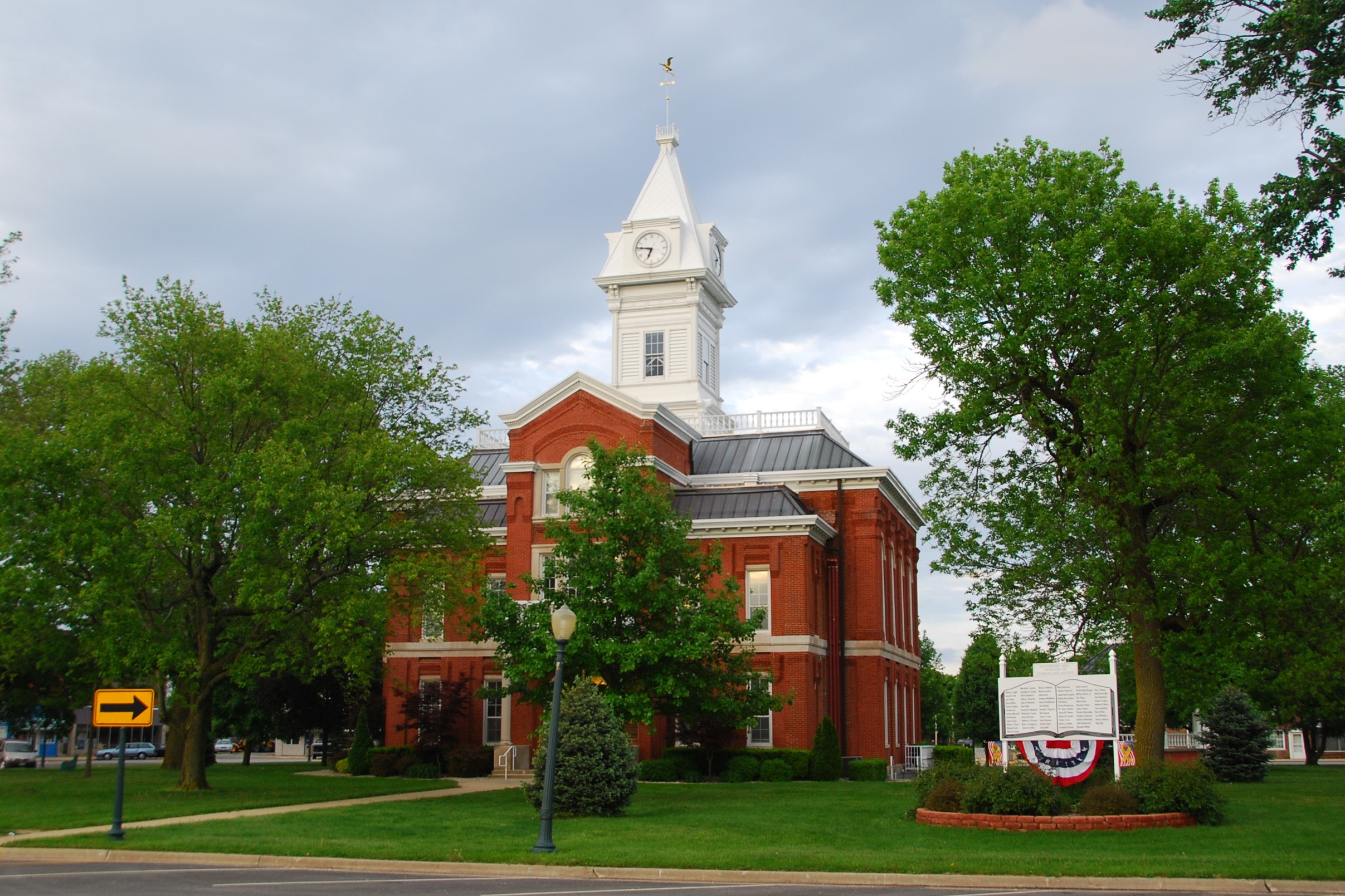
Cumberland County represents the challenges facing many small rural Illinois counties. With a population of just over 10,000, the county struggles to maintain adequate healthcare infrastructure while serving an aging demographic.
Economic development efforts focus heavily on healthcare sector growth, recognizing that medical services are both essential for residents and potential economic drivers for the community.
**Cumberland County Demographics:**
• Population: 10,729 (2024 estimate)
• Median age: 44.2 years
• Rural population percentage: 73.4%
• Nearest major hospital: 28 miles
39. Wayne County – 72.7 Years
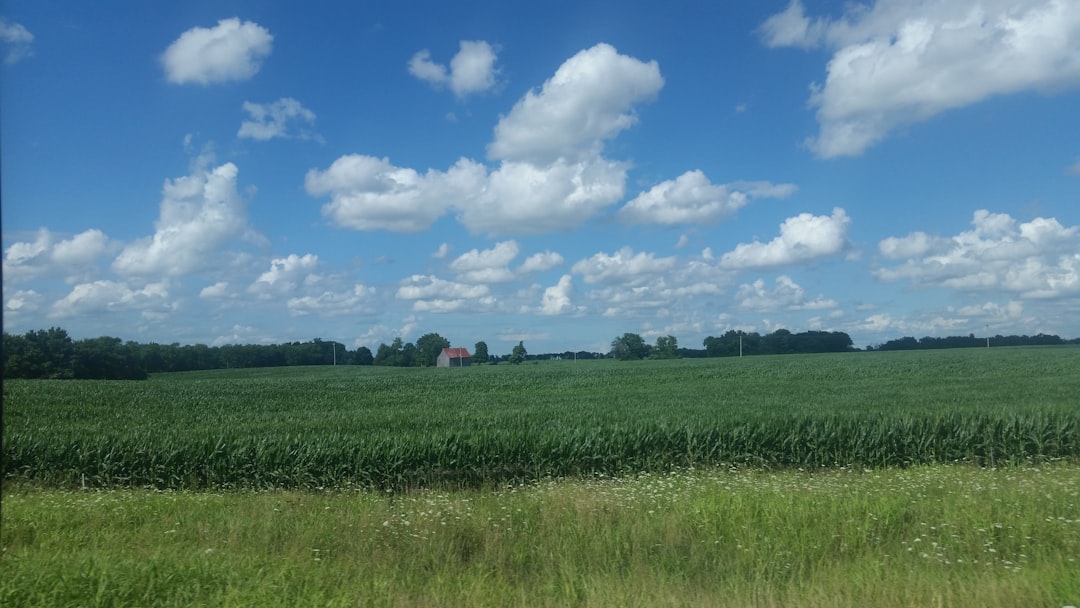
Wayne County faces the dual challenge of serving both oil industry workers and agricultural communities, each with distinct health risks and needs. Occupational health concerns intersect with rural healthcare access issues.
The county’s economy, historically tied to natural resource extraction, has experienced volatility that impacts healthcare funding and infrastructure development.
38. Jasper County – 72.6 Years
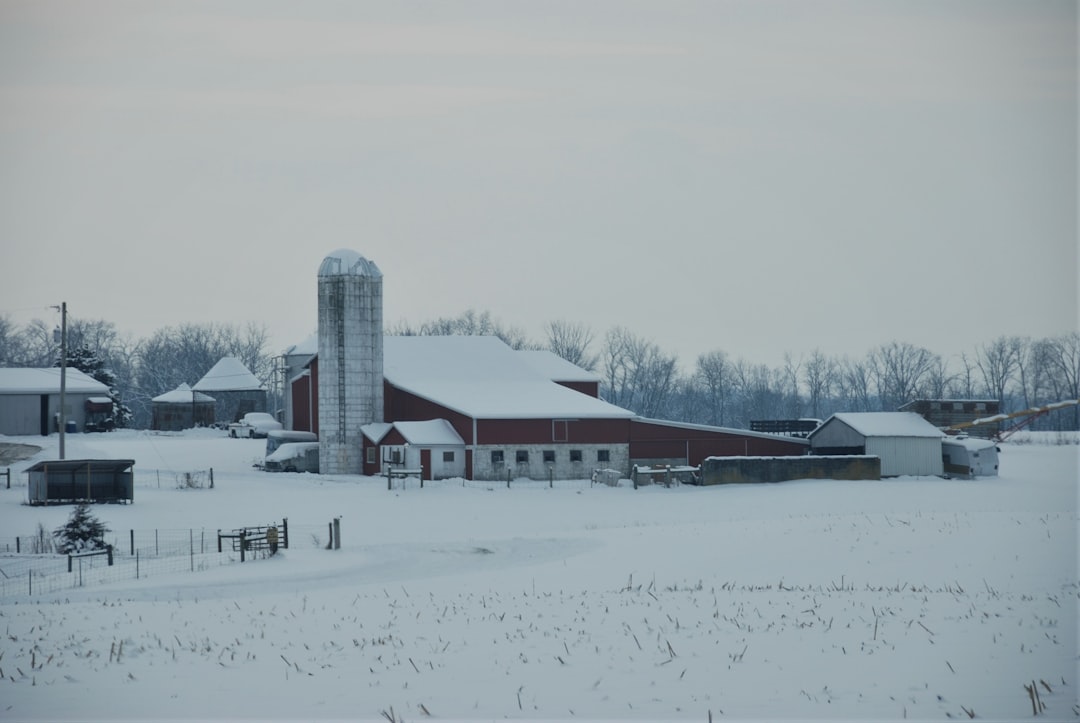
Jasper County’s residents experience health outcomes that reflect the broader challenges of rural Illinois healthcare delivery. Limited provider networks and transportation barriers create significant obstacles to optimal health management.
Community health initiatives focus heavily on prevention and wellness programs, recognizing that keeping residents healthy is more feasible than treating complex conditions locally.
37. Marion County – 72.5 Years
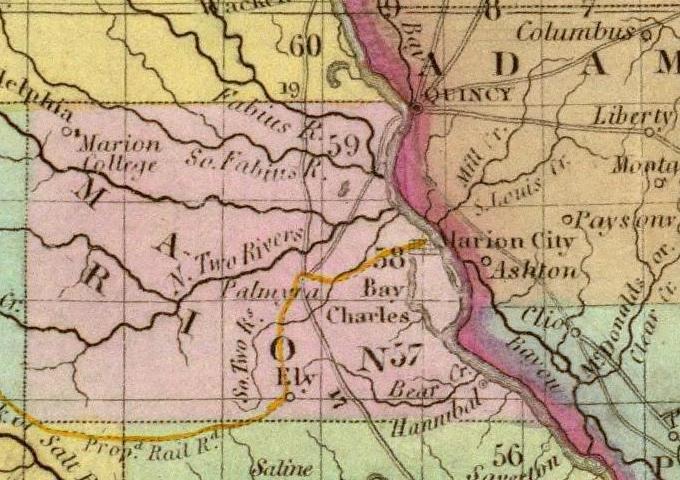
Marion County, despite having a larger population than many rural counties, still struggles with health outcomes that fall well below state averages. The county seat of Salem provides some healthcare infrastructure, but gaps remain.
Economic diversification efforts increasingly include healthcare sector development as community leaders recognize the connection between medical services and population retention.
36. Jefferson County – 72.4 Years

Jefferson County’s health challenges reflect the complex interplay of industrial heritage, rural geography, and healthcare access limitations. The county’s history with coal mining has left lasting environmental and health legacies.
Mount Vernon, the county seat, serves as a regional healthcare hub, but many rural residents still face significant barriers to accessing comprehensive medical services.
**Jefferson County Health Infrastructure:**
• Hospitals: 2 major facilities
• Primary care physicians: 24
• Specialty care access: Limited
• Emergency services: Adequate coverage
35. Washington County – 72.3 Years
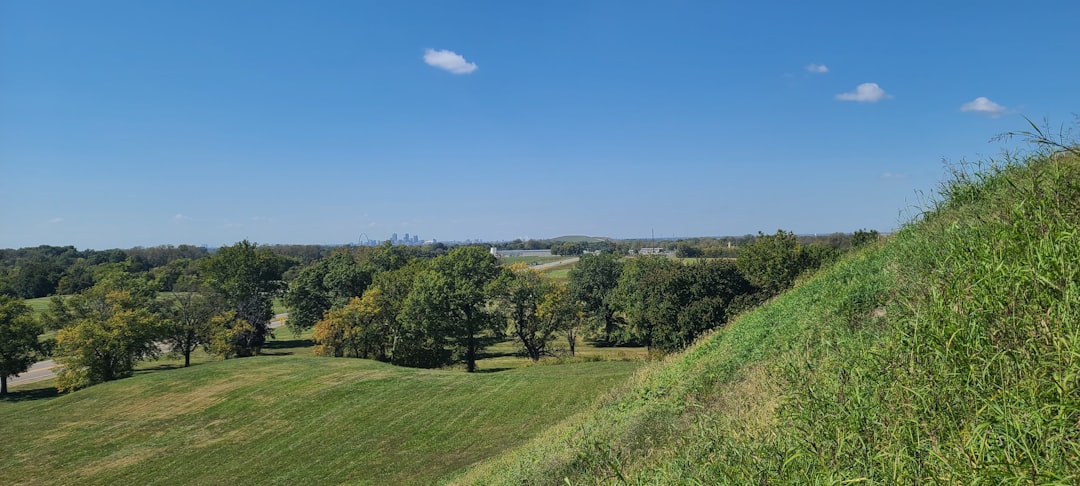
Washington County exemplifies how geographic isolation can impact health outcomes even in relatively prosperous agricultural communities. Despite productive farming operations, residents face healthcare access challenges that affect longevity.
The county’s German heritage has created strong community bonds, but cultural factors sometimes delay healthcare-seeking behavior, particularly among older male residents.
34. Clinton County – 72.2 Years
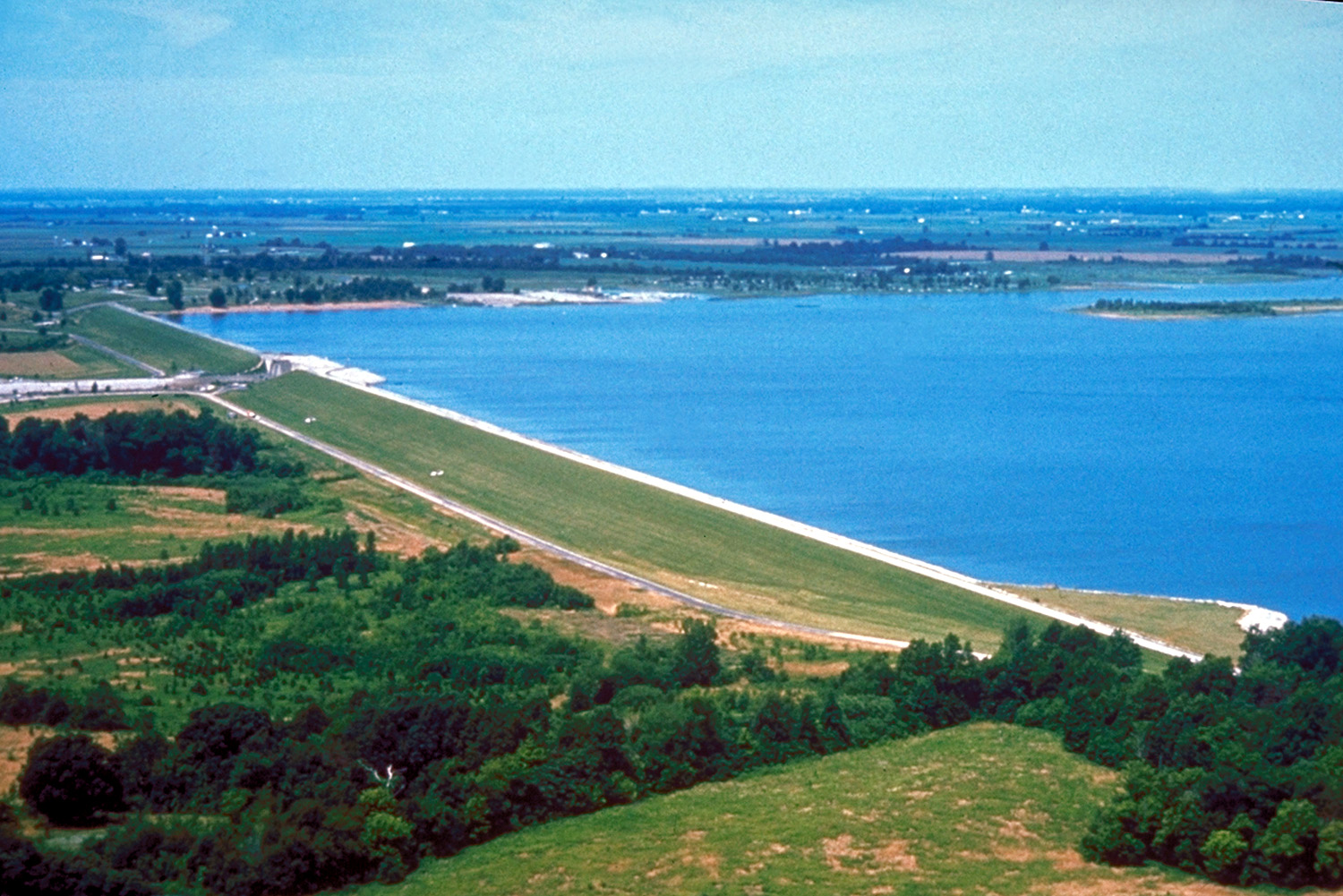
Clinton County’s position in south-central Illinois creates unique healthcare access patterns, with residents traveling in multiple directions to access specialized medical services. This geographic dispersion of healthcare resources impacts continuity of care.
Agricultural accidents and occupational health concerns remain significant factors in the county’s health profile, requiring specialized emergency response capabilities.
33. Effingham County – 72.1 Years
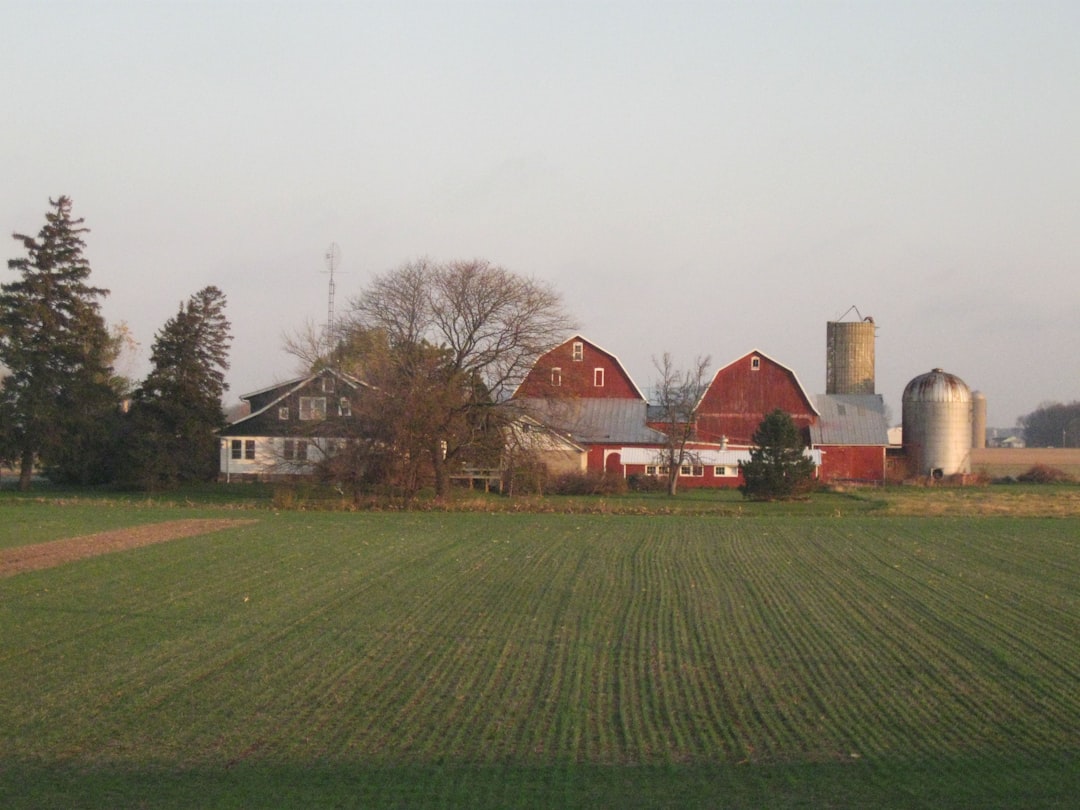
Effingham County benefits from its position at the crossroads of major highways, which has brought economic development but also unique health challenges related to transportation and logistics industries.
The county’s growing population has strained existing healthcare infrastructure, creating demand for expanded medical services and facilities.
32. Bond County – 72.0 Years

Bond County’s small population of roughly 16,000 residents faces the classic rural healthcare dilemma: too few people to support comprehensive local medical services, but geographic isolation that makes traveling for care difficult.
Community health efforts focus on building partnerships with regional medical centers to bring services locally through outreach programs and visiting specialist clinics.
31. Fayette County – 71.9 Years
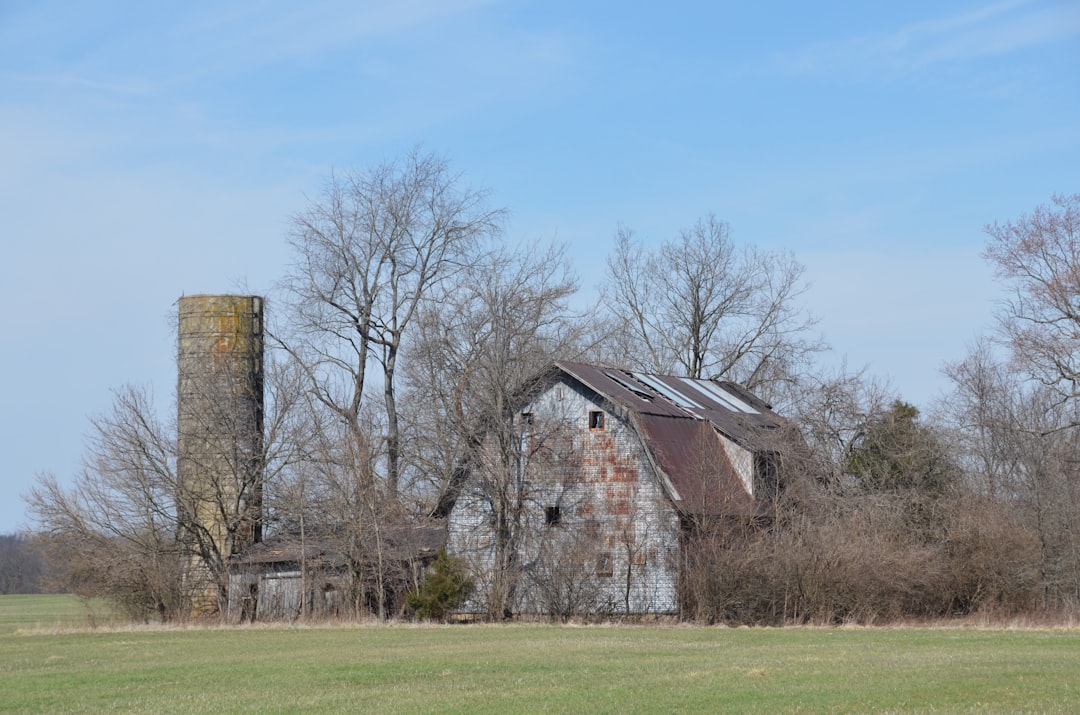
Fayette County’s health outcomes reflect the challenges of serving a dispersed rural population with limited healthcare infrastructure. The county’s agricultural economy provides stability but also unique health risks.
Mental health services are particularly scarce, with residents often traveling significant distances to access behavioral health support and addiction treatment services.
**Fayette County Health Challenges:**
• Substance abuse treatment facilities: 1
• Mental health counselors: 4
• Suicide rate: Above state average
• Youth access to mental health services: Very limited
30. Christian County – 71.8 Years
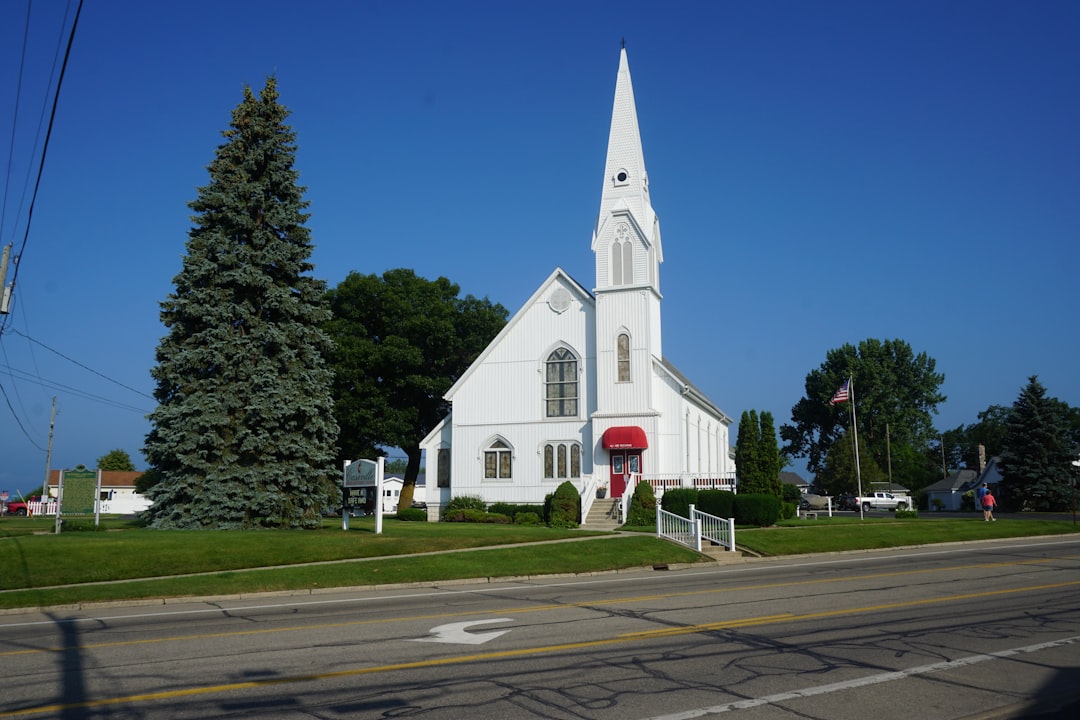
Christian County sits in the heart of Illinois agriculture country, but rural prosperity doesn’t always translate to better health outcomes. The county faces ongoing challenges with healthcare workforce recruitment and retention.
Taylorville, the county seat, serves as a regional healthcare hub, but many rural residents still struggle with transportation barriers and provider shortages in specialized medical fields.
29. Montgomery County – 71.7 Years
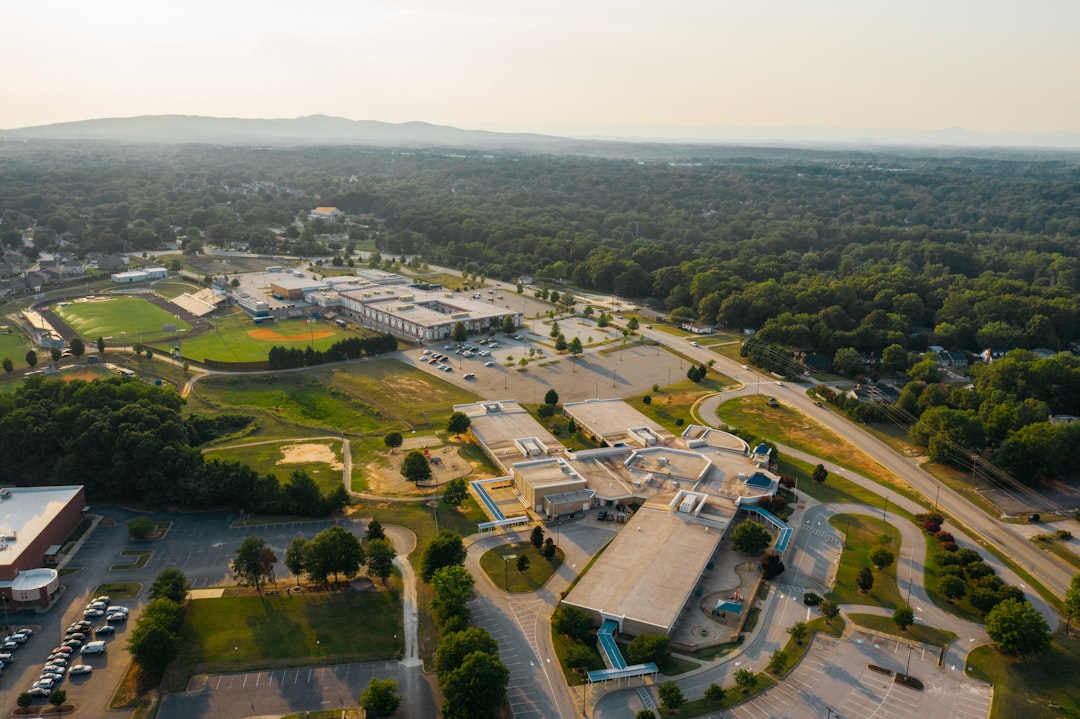
Montgomery County’s residents navigate health challenges that stem from both economic factors and healthcare access limitations. The county’s industrial heritage has created environmental health concerns that continue to impact community wellness.
Community leaders increasingly recognize healthcare as an economic development priority, working to attract medical professionals and expand local healthcare capacity.
28. Shelby County – 71.6 Years
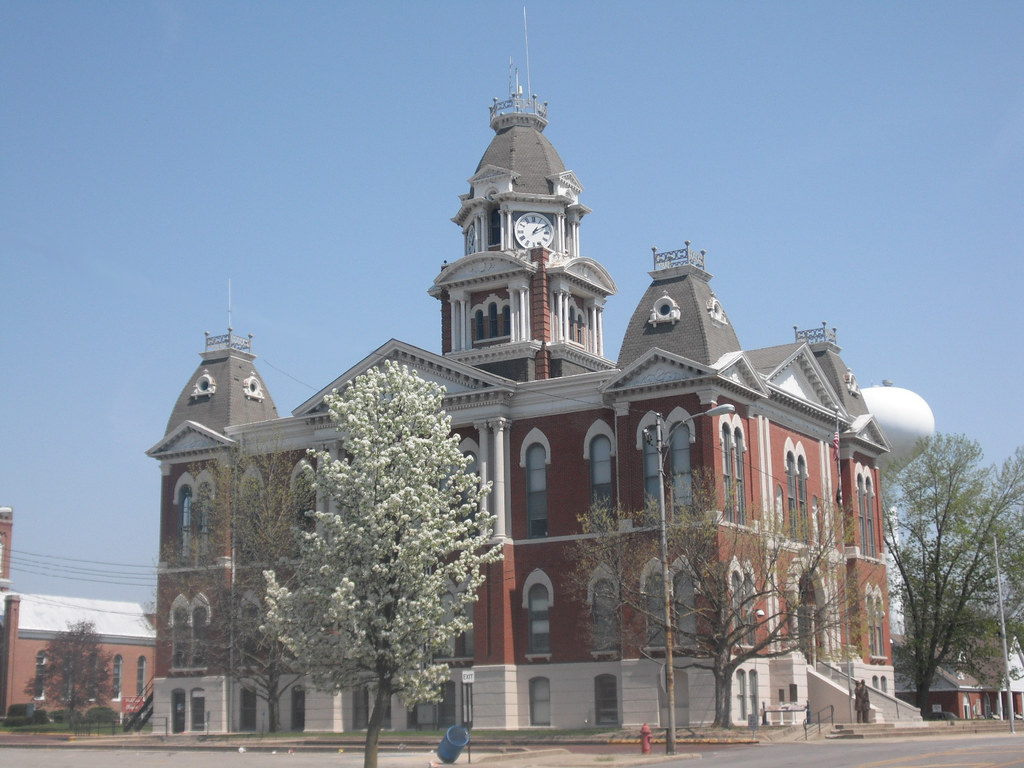
Shelby County exemplifies the healthcare challenges facing many central Illinois rural communities. While agricultural prosperity provides economic stability, healthcare access remains a persistent challenge for residents.
The county has invested heavily in telemedicine infrastructure to connect residents with specialists and expand access to mental health services, recognizing technology’s role in bridging geographic barriers.
27. Clark County – 71.5 Years
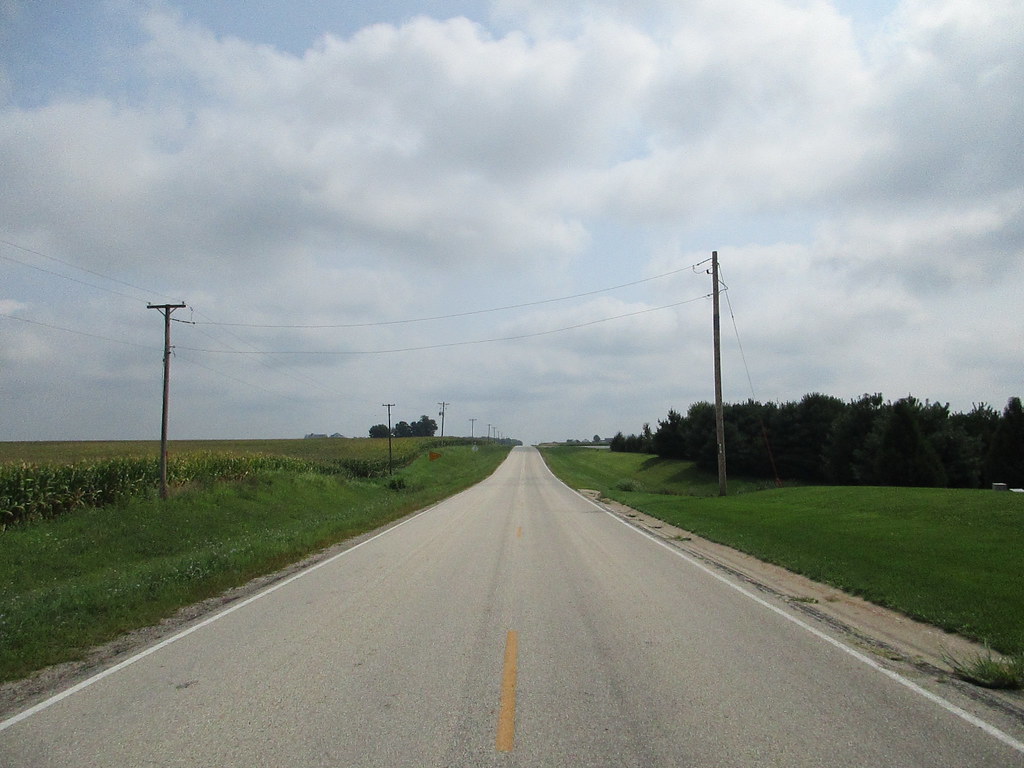
Clark County’s location along the Indiana border creates unique healthcare dynamics, with some residents crossing state lines for medical services. This interstate healthcare usage can complicate coordination of care and health outcome tracking.
The county’s small population makes it challenging to support comprehensive emergency medical services, requiring mutual aid agreements with neighboring counties and interstate cooperation.
26. Coles County – 71.4 Years
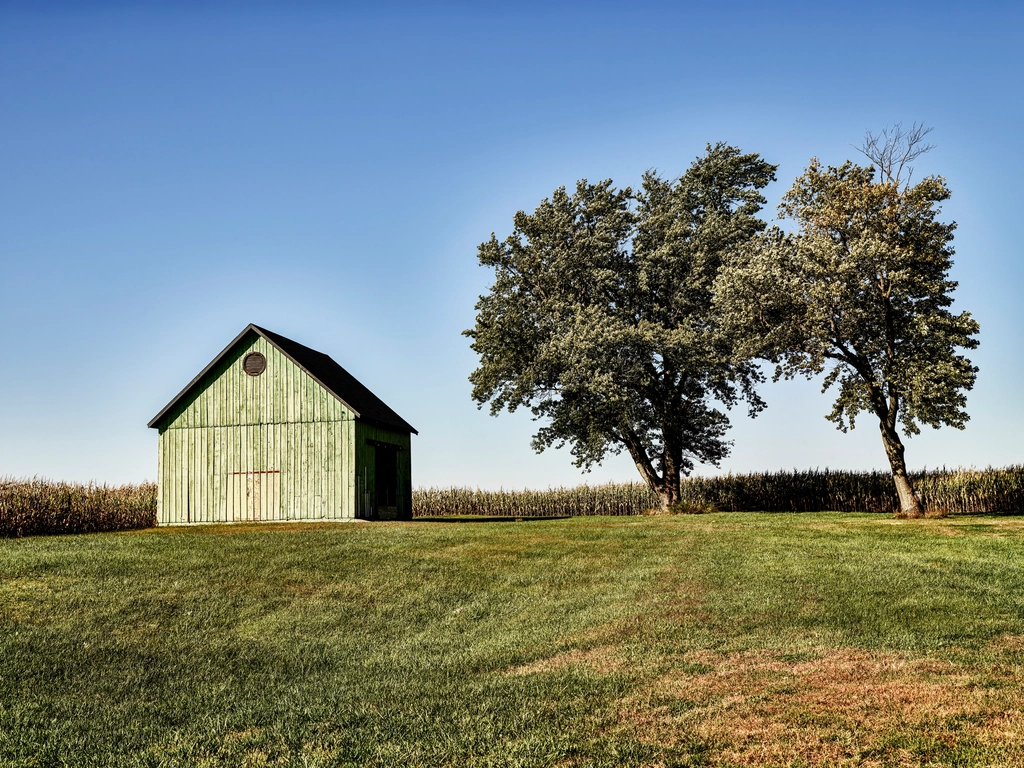
Coles County benefits from the presence of Eastern Illinois University in Charleston, which brings both students and faculty to the community. However, the county still faces healthcare access challenges that impact overall life expectancy.
The university’s influence creates an interesting healthcare dynamic, with some advanced medical services available due to academic partnerships, while rural areas of the county remain underserved.
**Coles County Demographics:**
• University student population: 7,400
• Permanent resident population: 46,800
• Healthcare facilities: 3 major centers
• Specialist availability: Moderate
25. Douglas County – 71.3 Years
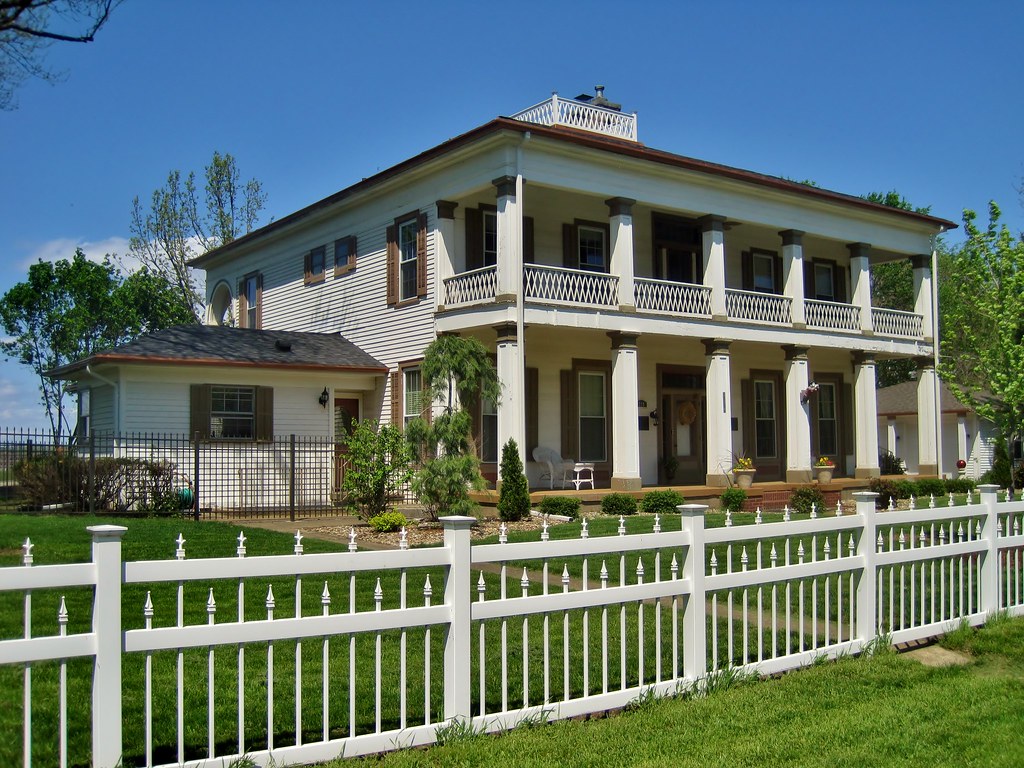
Douglas County represents the challenges facing many small Illinois counties caught between rural and urban healthcare delivery models. With a population of roughly 19,000, the county struggles to maintain adequate local medical services.
Agricultural safety remains a significant concern, with farm-related injuries and occupational health issues contributing to the county’s health challenges and emergency response needs.
24. Moultrie County – 71.2 Years
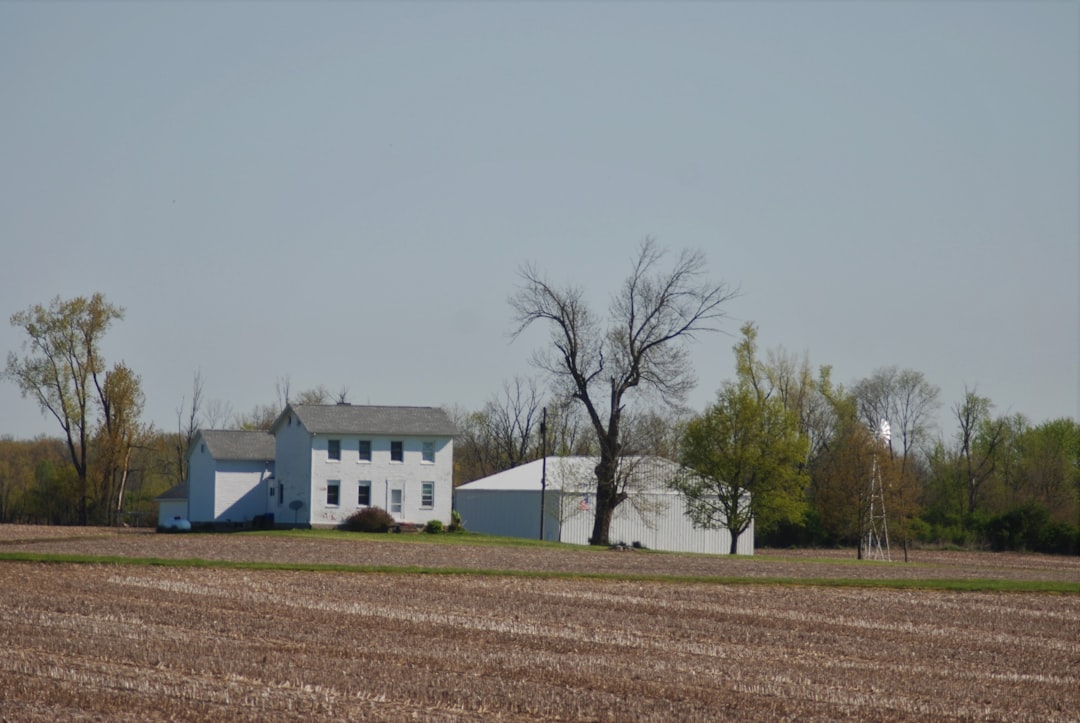
Moultrie County’s residents face health outcomes that reflect broader rural Illinois trends: limited healthcare infrastructure, an aging population, and economic pressures that make healthy living more challenging to achieve and maintain.
The county has pioneered innovative approaches to rural healthcare delivery, including mobile health clinics and partnership agreements with regional medical centers to provide visiting specialist services.
23. Edgar County – 71.1 Years
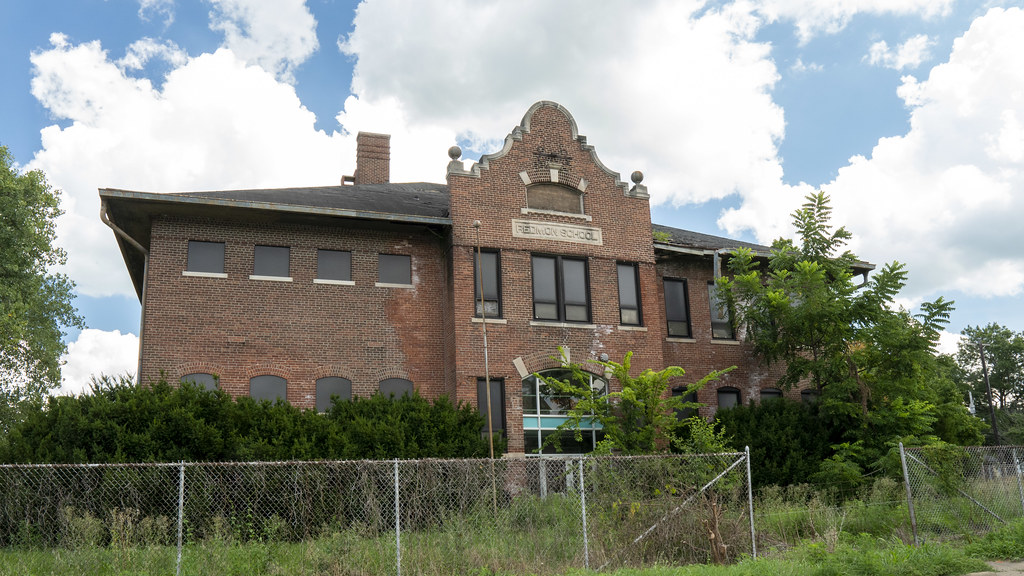
Edgar County’s position on the Illinois-Indiana border creates unique healthcare access patterns, with residents utilizing medical services in both states. This cross-border healthcare usage can complicate care coordination and health outcome measurement.
The county’s small population of fewer than 17,000 residents makes it difficult to support comprehensive local medical services, requiring creative partnerships and regional cooperation to meet healthcare needs.
22. Cass County – 71.0 Years

Cass County faces the classic rural healthcare dilemma: geographic isolation combined with limited healthcare infrastructure creates barriers to optimal health outcomes. The county’s position along the Illinois River adds environmental health considerations.
Community health efforts focus heavily on prevention and early intervention, recognizing that keeping residents healthy is more feasible than treating complex conditions with limited local medical resources.
21. Pike County – 70.9 Years
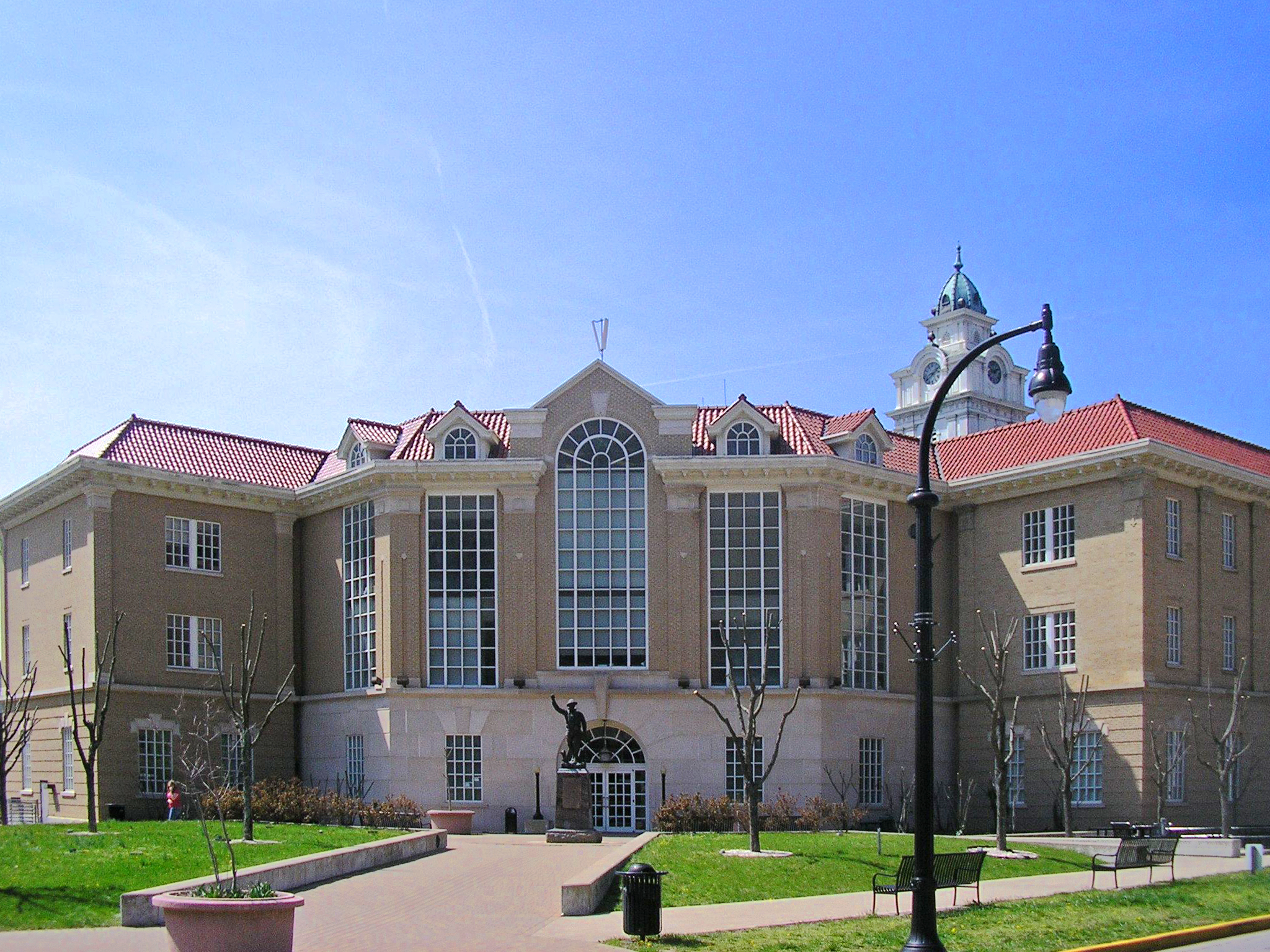
Pike County’s residents navigate health challenges that stem from both geographic isolation and economic factors. The county’s location in western Illinois places it far from major medical centers, creating access barriers for specialized care.
Agricultural communities like Pike County often struggle with seasonal healthcare utilization patterns, with farming schedules sometimes conflicting with medical appointment availability and preventive care recommendations.
**Pike County Health Access:**
• Distance to nearest trauma center: 67 miles
• Primary care physicians per capita: Below state average
• Emergency response time: Extended in rural areas
• Telehealth utilization: Growing rapidly
20. Brown County – 70.8 Years
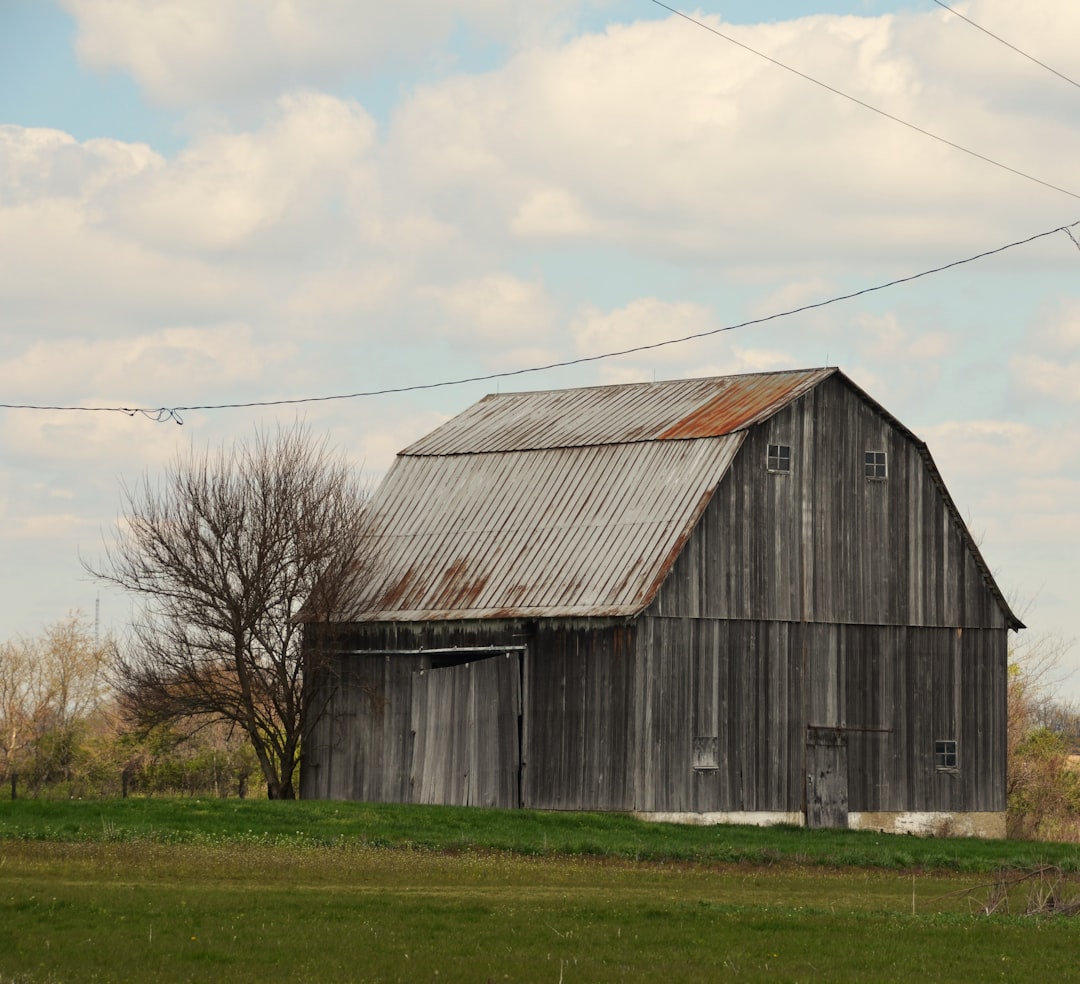
Brown County, with one of Illinois’ smallest populations at fewer than 7,000 residents, faces unique healthcare delivery challenges. The economics of providing medical services to such small populations creates ongoing sustainability concerns.
The county has embraced innovative healthcare delivery models, including shared services agreements with neighboring counties and expanded use of nurse practitioners and physician assistants to provide primary care.
19. Schuyler County – 70.7 Years
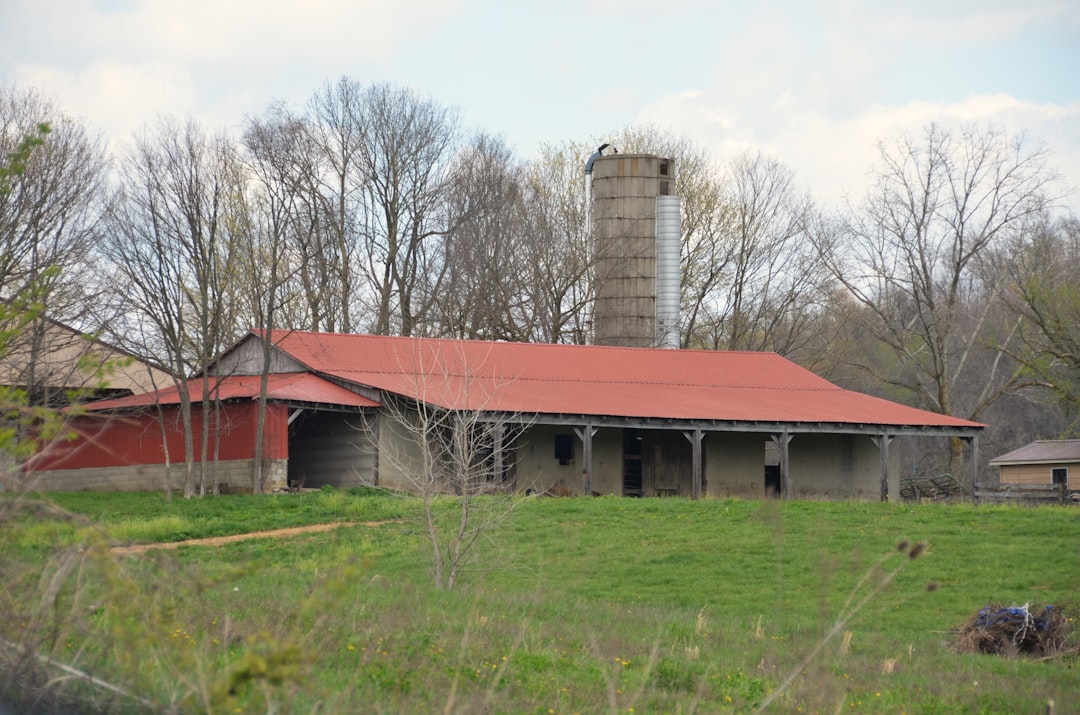
Schuyler County exemplifies the healthcare challenges facing Illinois’ smallest counties. With a population of roughly 7,000 residents spread across a largely rural landscape, maintaining adequate medical infrastructure remains an ongoing struggle.
Community health initiatives focus on building partnerships with regional healthcare systems to bring services locally through outreach programs, mobile clinics, and telemedicine connections.
18. Scott County – 70.6 Years
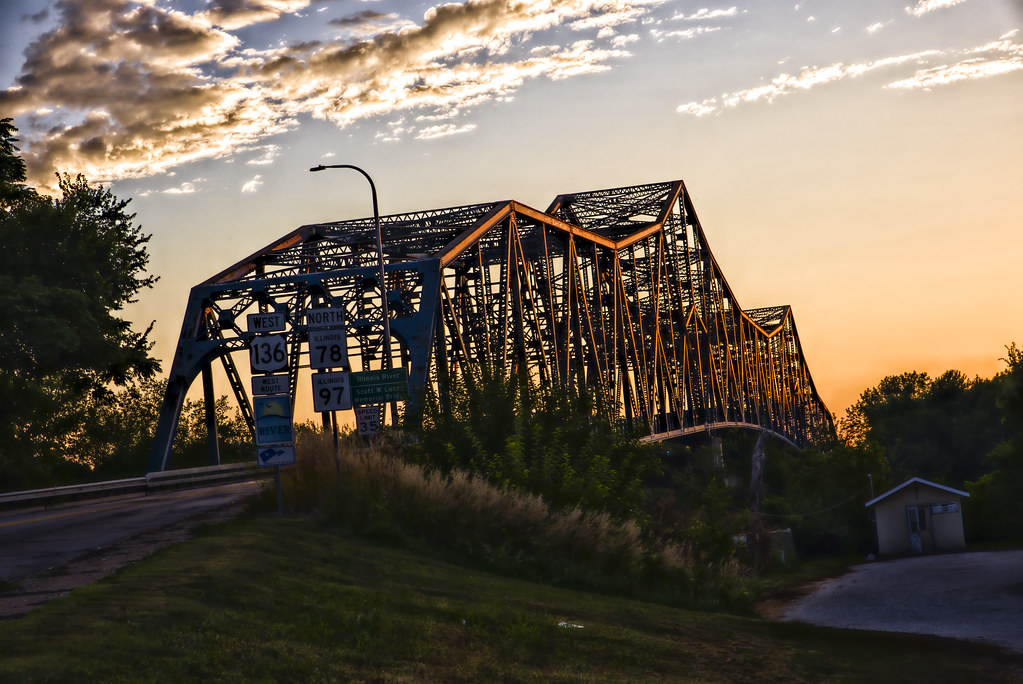
Scott County’s residents face health outcomes that reflect the complex challenges of rural healthcare delivery in modern America. The county’s small population makes it difficult to support comprehensive local medical services.
Mental health services are particularly scarce in Scott County, with residents often traveling over an hour to access psychiatric care, counseling services, or addiction treatment programs.
17. Greene County – 70.5 Years

Greene County’s health challenges reflect broader trends in rural Illinois: an aging population, limited healthcare infrastructure, and economic pressures that impact both individual health choices and community health investments.
The county has invested in community health worker programs to bridge gaps between residents and healthcare services, recognizing that local knowledge and relationships can improve health outcomes.
16. Macoupin County – 70.4 Years
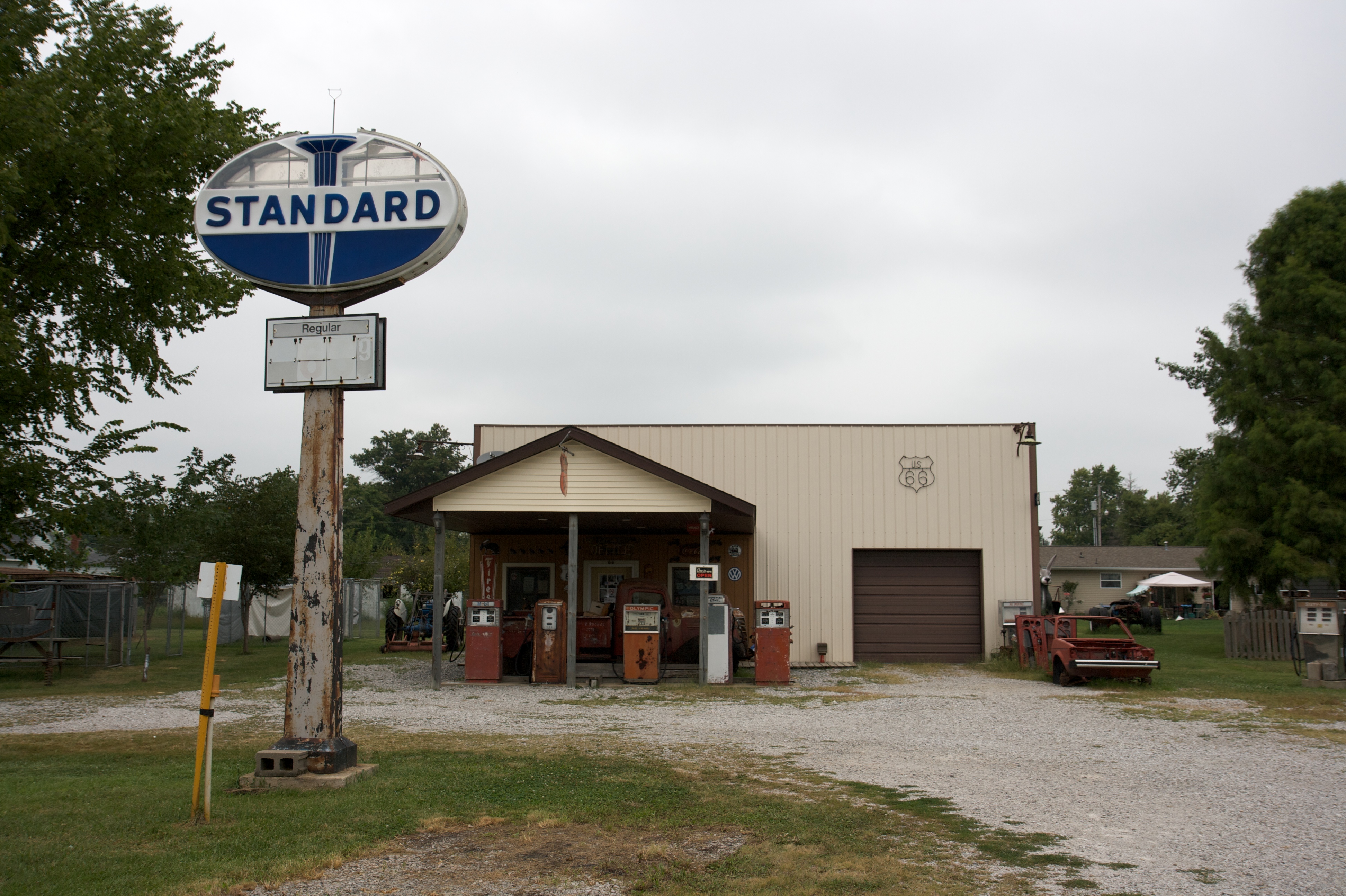
Uploaded by xnatedawgx, CC BY 2.0, https://commons.wikimedia.org/w/index.php?curid=6910976)
Macoupin County’s residents navigate health challenges that stem from the county’s industrial heritage and current economic transitions. Former mining activities have created environmental health concerns that continue to impact community wellness.
The county’s proximity to St. Louis provides some healthcare access advantages, but rural residents still face significant barriers to accessing comprehensive medical services and preventive care.
**Macoupin County Health Profile:**
• Former mining communities: 8
• Environmental health concerns: Ongoing monitoring
• Healthcare commuting: 34% travel out-of-county
• Chronic disease prevalence: Above state averages
15. Morgan County – 70.3 Years
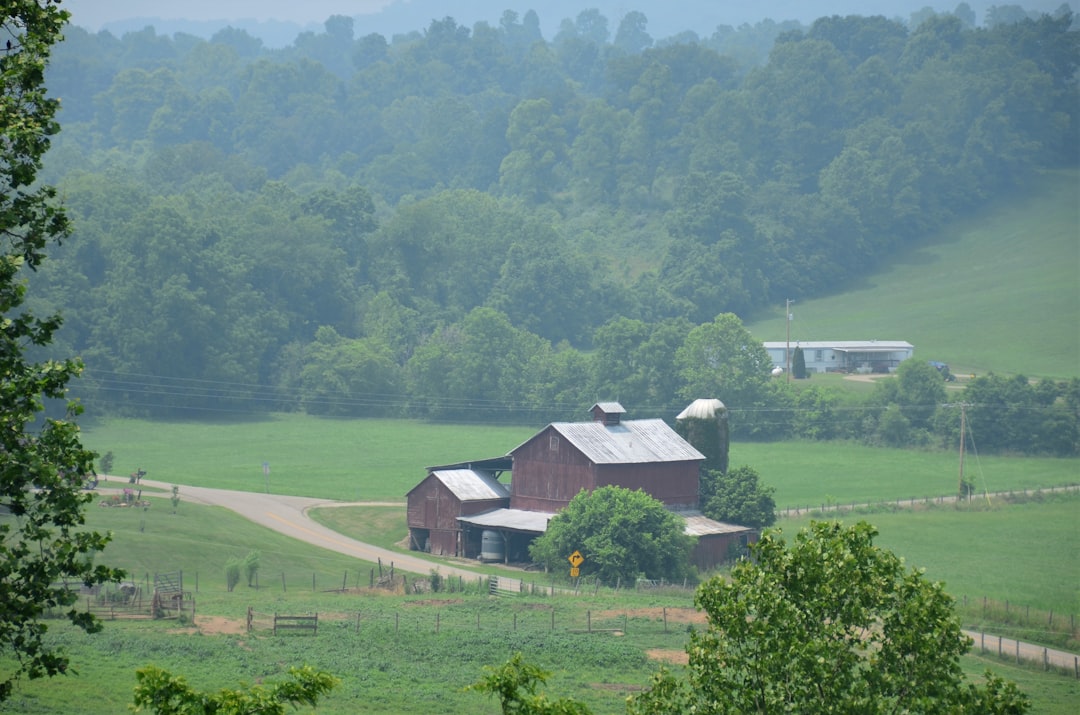
Morgan County faces healthcare access challenges despite having Jacksonville as its county seat. The presence of several correctional facilities creates unique public health considerations and healthcare resource allocation challenges.
The county’s healthcare infrastructure serves not only permanent residents but also institutional populations, creating complex dynamics in healthcare planning and resource distribution.
14. Calhoun County – 70.2 Years
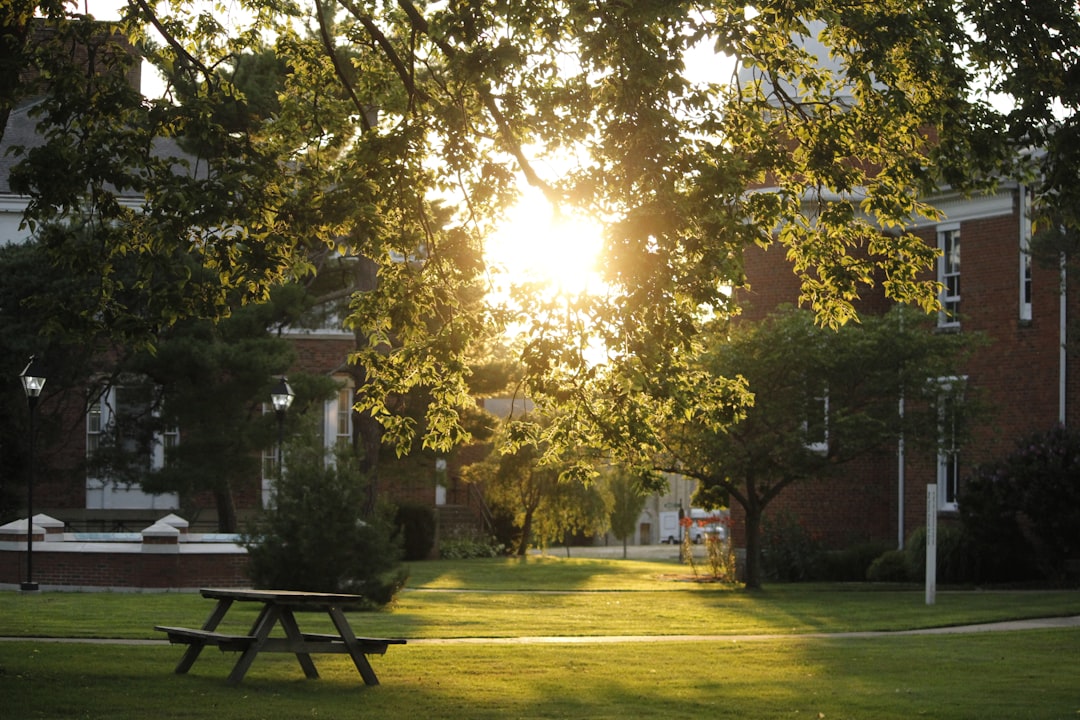
Calhoun County, Illinois’ smallest county by population with fewer than 5,000 residents, faces extraordinary healthcare delivery challenges. The county’s peninsular geography, surrounded by the Mississippi and Illinois rivers, creates unique access barriers.
Ferry-dependent transportation during certain seasons can delay emergency medical responses and complicate routine healthcare access, making prevention and local health maintenance particularly critical for residents.
13. Mason County – 70.1 Years
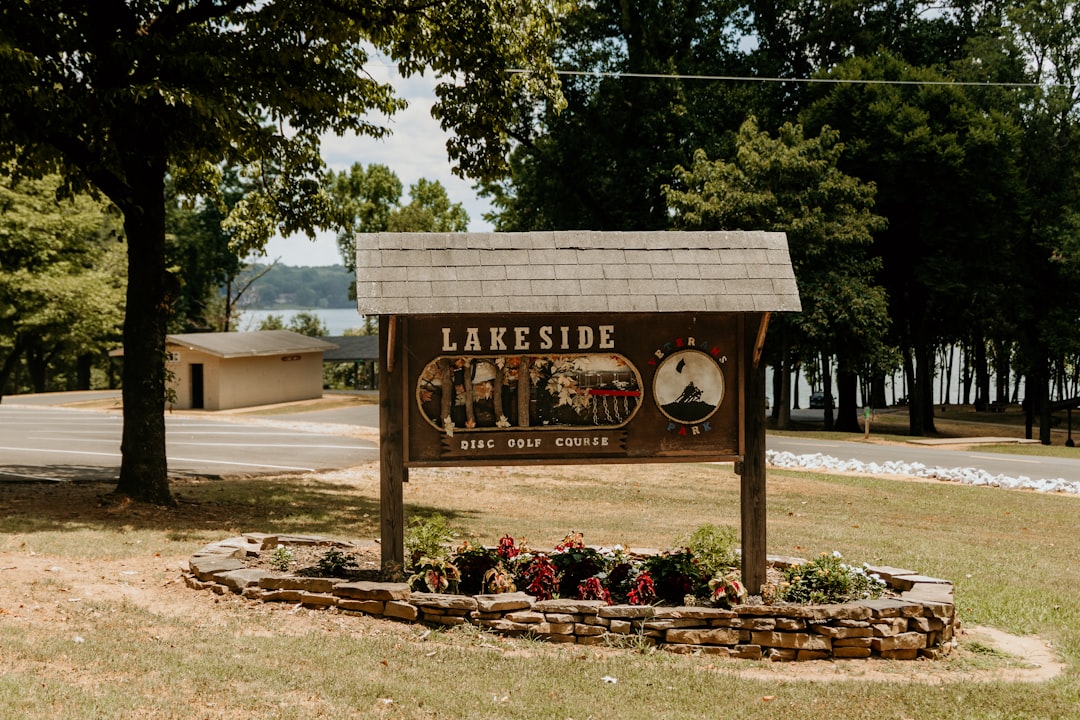
Mason County’s residents face health outcomes that reflect the challenges of serving a dispersed rural population with limited healthcare infrastructure. The county’s agricultural economy provides some stability but also unique occupational health risks.
Sand mining operations in the county create environmental health considerations that require ongoing monitoring and community health planning to protect resident wellness.
12. Menard County – 70.0 Years
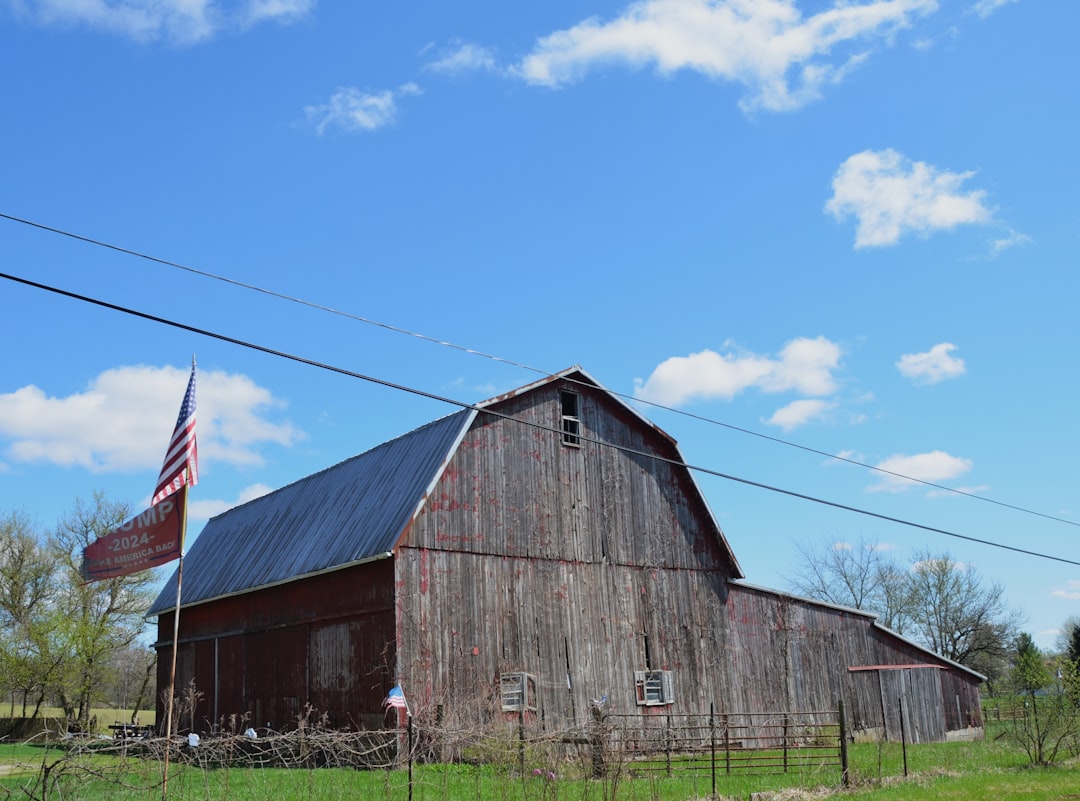
Menard County sits at the critical 70-year life expectancy threshold, representing a significant gap compared to Illinois’ healthiest counties. The county’s small population and rural character create ongoing healthcare access challenges.
Community health efforts focus on building resilience through local partnerships, volunteer health programs, and innovative service delivery models that can function effectively in small population settings.
11. Hardin County – 69.9 Years

Hardin County, nestled in southern Illinois along the Ohio River, faces some of the state’s most significant healthcare access challenges. The county’s rugged terrain and small population create barriers to both healthcare delivery and emergency response.
Flooding risks from river proximity add environmental health concerns that complicate public health planning and emergency preparedness efforts throughout the county.
**Hardin County Challenges:**
• Population: 3,649 (smallest in Illinois)
• Hospitals: 0 within county
• Emergency response: Relies on mutual aid
• Flood risk areas: 45% of county
10. Pope County – 69.8 Years
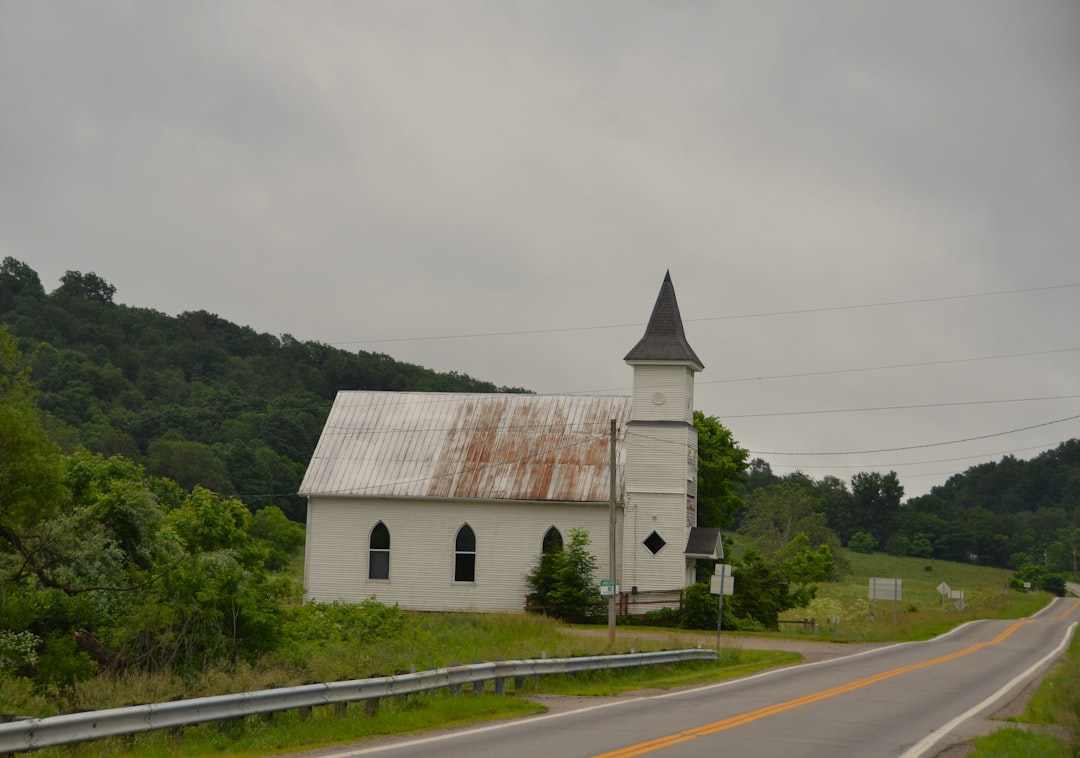
Pope County’s position in the Shawnee National Forest creates both natural beauty and healthcare access challenges. The county’s rugged terrain and scattered population make medical service delivery particularly complex and expensive.
Outdoor recreation activities that draw visitors to the area also create unique emergency medical response needs, requiring specialized rescue capabilities and trauma care coordination with regional medical centers.
9. Johnson County – 69.7 Years
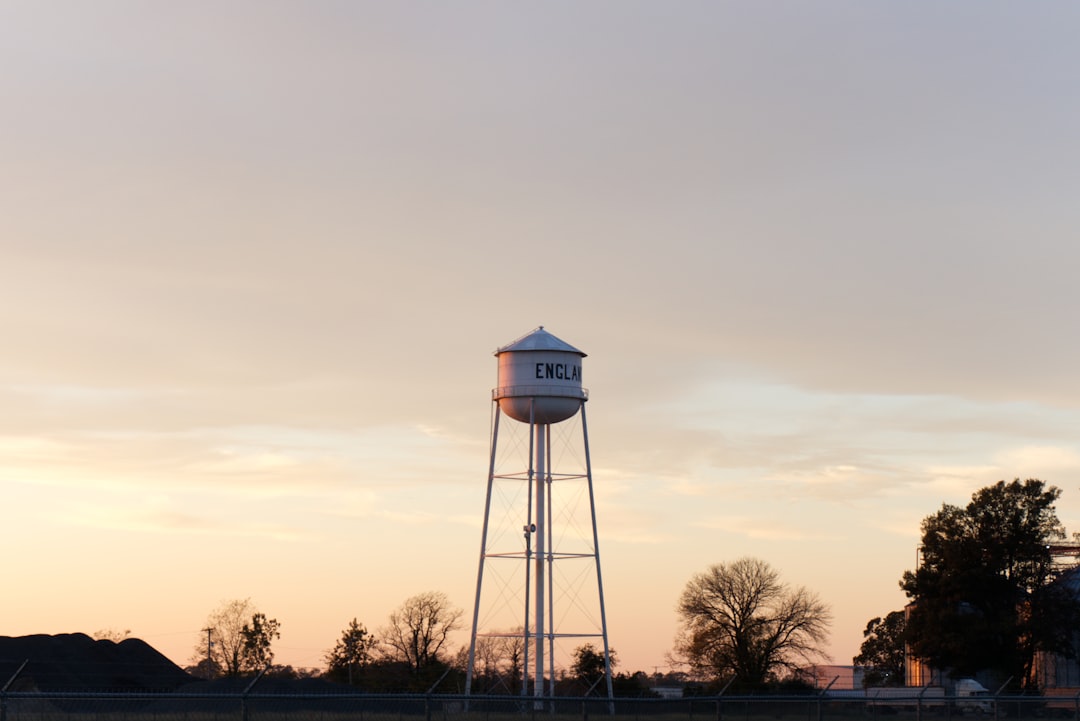
Johnson County exemplifies the healthcare challenges facing southern Illinois’ most isolated communities. With a population of roughly 12,000 residents spread across a largely rural landscape, healthcare access remains a persistent challenge.
The county’s location near the convergence of Illinois, Kentucky, and Missouri creates complex healthcare referral patterns, with residents sometimes traveling to three different states to access various medical specialties.
8. Union County – 69.6 Years
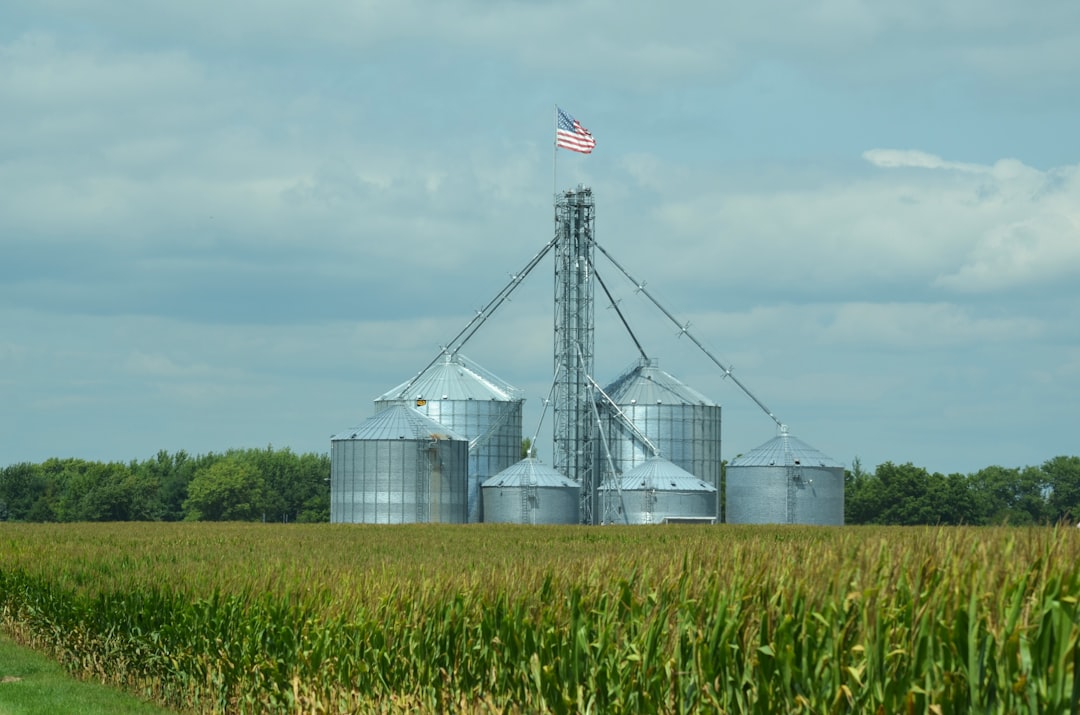
Union County faces healthcare access challenges compounded by its location in one of Illinois’ most economically distressed regions. Limited employment opportunities impact both individual health insurance coverage and community healthcare infrastructure investment.
The county has embraced community health worker models and peer support programs to address gaps in formal healthcare services, recognizing that community-based approaches can complement traditional medical care.
7. Williamson County – 69.5 Years
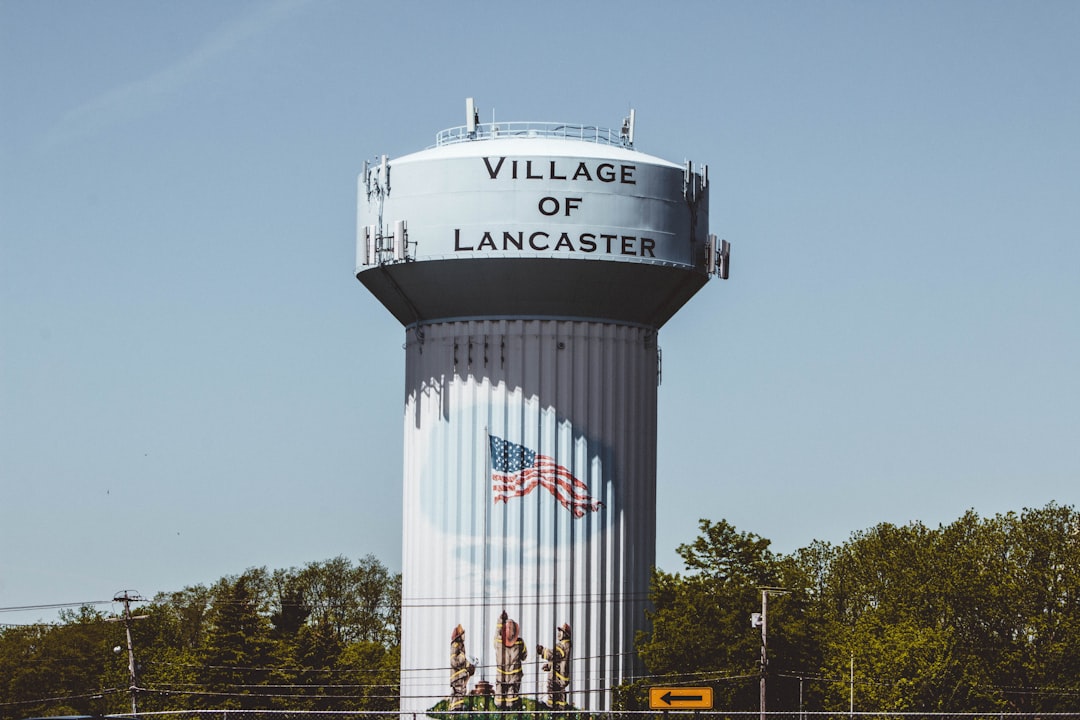
Williamson County’s residents navigate health challenges that reflect the region’s industrial heritage and current economic transitions. The county’s history with coal mining has created both environmental and occupational health legacies that continue to impact community wellness.
Marion, the county seat, serves as a regional healthcare hub for southern Illinois, but many rural residents still face transportation barriers and provider shortages in specialized medical fields.
6. Gallatin County – 69.4 Years
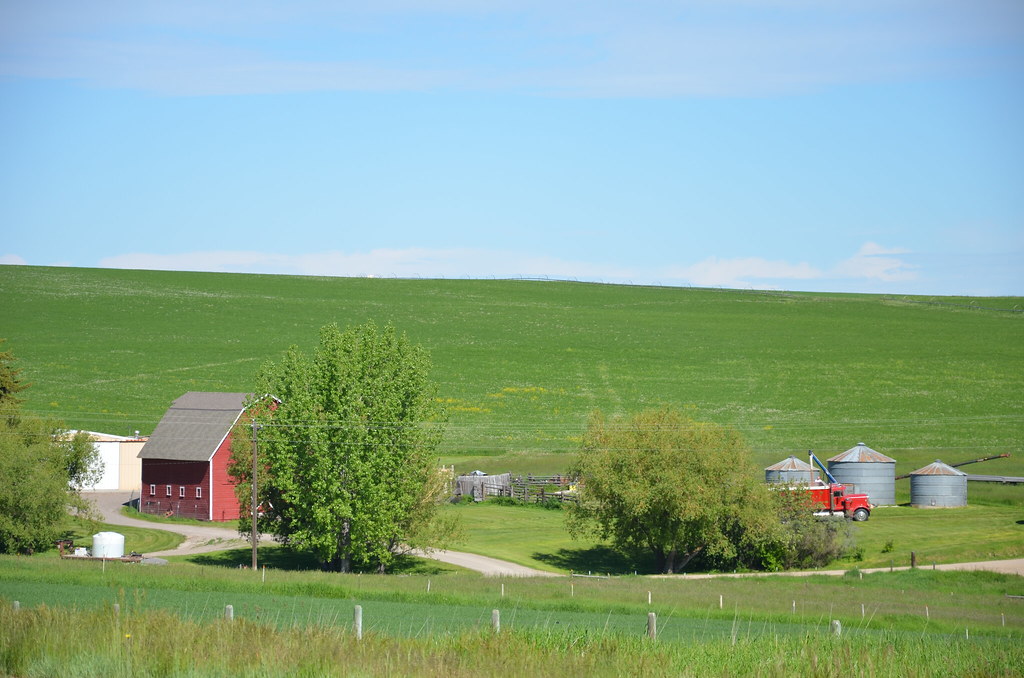
Gallatin County’s small population of fewer than 5,000 residents faces some of Illinois’ most significant healthcare delivery challenges. The county’s rural character and economic constraints create ongoing barriers to comprehensive medical service provision.
Community resilience becomes particularly important in Gallatin County, where neighbors often serve as informal health advocates and support systems in the absence of comprehensive formal healthcare infrastructure.
**Gallatin County Health Reality:**
• Population density: 12 people per square mile
• Nearest major hospital: 45 minutes
• Local physicians: 3 primary care providers
• Pharmacy access: Limited options
5. Saline County – 69.3 Years

Saline County residents face health outcomes that place them among Illinois’ most health-challenged communities. The county’s industrial heritage, including salt mining and manufacturing, has created environmental health concerns that continue to impact resident wellness.
Economic development efforts increasingly focus on healthcare sector growth, recognizing that medical services are both essential for residents and potential economic drivers for the community’s future sustainability.
4. Massac County – 69.2 Years
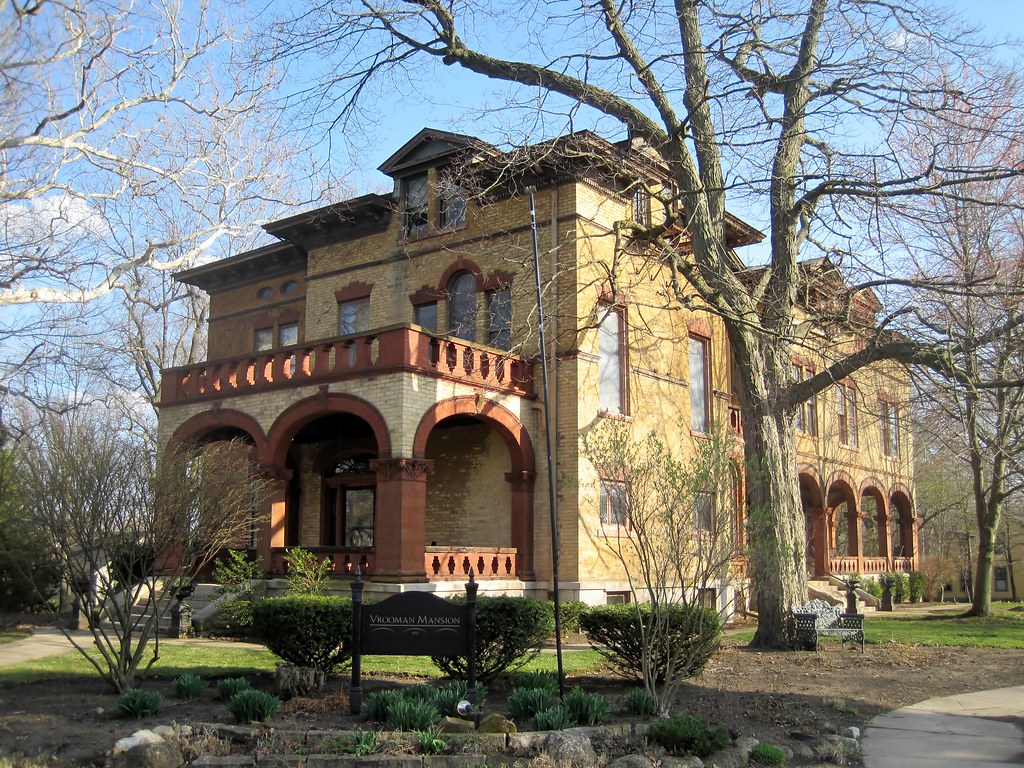
Massac County’s position at the confluence of the Ohio and Tennessee rivers creates both scenic beauty and unique health challenges. The county’s location in far southern Illinois places residents far from major medical centers and specialized care facilities.
Environmental health concerns related to river proximity, including flood risks and water quality issues, add complexity to public health planning and emergency preparedness throughout the county.
3. Franklin County – 69.1 Years
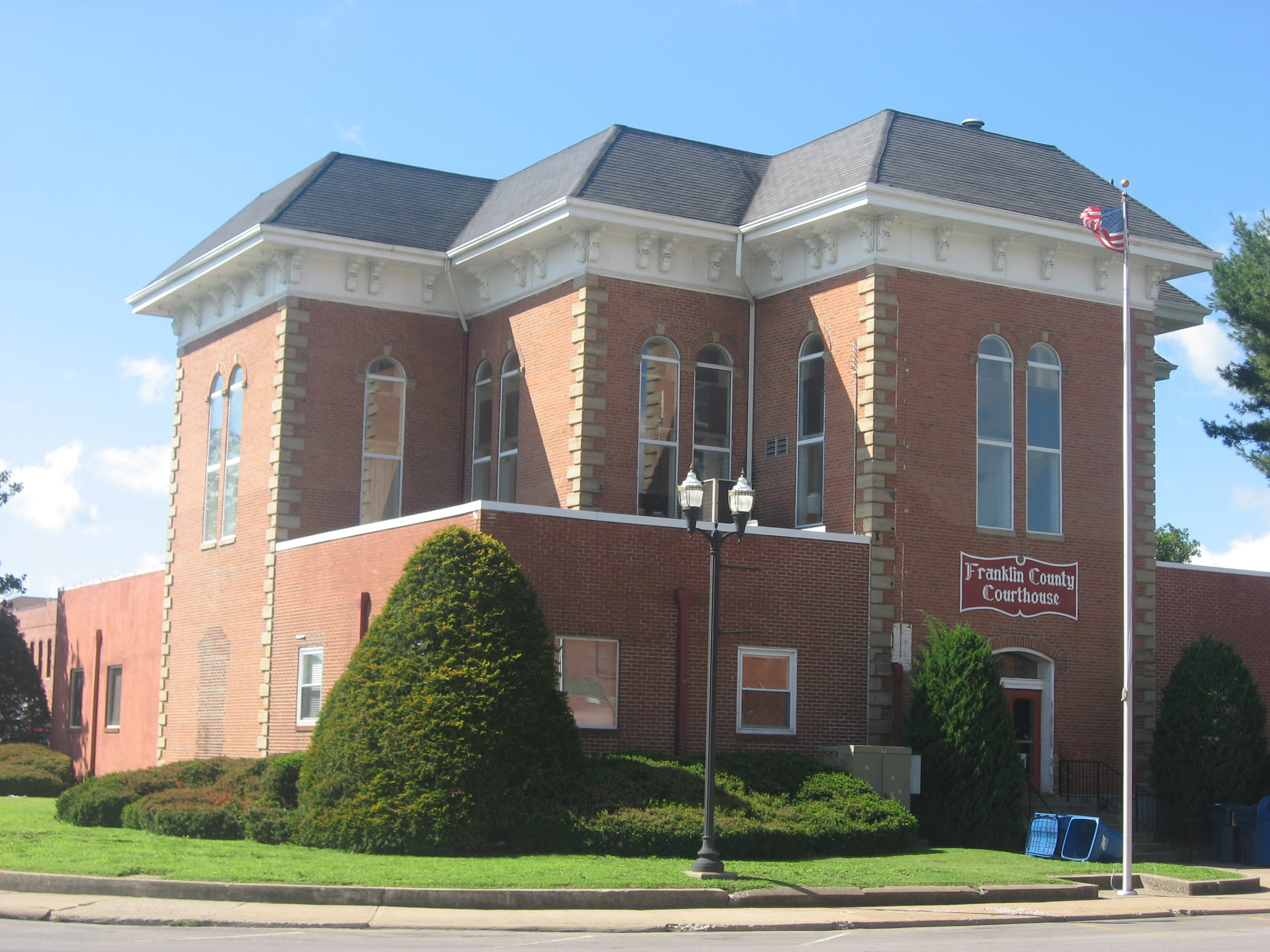
Franklin County faces healthcare challenges that reflect broader trends in southern Illinois: economic distress, population decline, and healthcare infrastructure limitations. The county’s coal mining heritage has created environmental health legacies that continue to impact community wellness.
Benton, the county seat, provides some healthcare infrastructure, but rural residents still struggle with transportation barriers and provider shortages, particularly for mental health and specialty medical services.
2. Pulaski County – 69.0 Years

Pulaski County residents experience some of Illinois’ shortest life expectancies, reflecting the compounding challenges of rural healthcare delivery, economic distress, and geographic isolation. The county’s position in far southern Illinois creates significant barriers to accessing comprehensive medical care.
The county’s small population of roughly 5,000 residents makes it economically challenging to support comprehensive local healthcare services, requiring creative partnerships and regional cooperation to meet basic medical needs.
**Pulaski County Critical Statistics:**
• Life expectancy gap: 9 years below state’s healthiest counties
• Poverty rate: 24.8%
• Uninsured rate: 12.4%
• Primary care provider shortage area: Designated
1. Alexander County – 68.9 Years

Alexander County claims the unwanted distinction of having Illinois’ shortest life expectancy, with residents living nearly a full decade less than their counterparts in the state’s healthiest communities. This southern Illinois county exemplifies how geography, economics, and healthcare access intersect to create profound health disparities.
Located at the confluence of the Mississippi and Ohio rivers, Alexander County faces unique challenges that compound to create this stark health outcome. The county’s population of fewer than 7,000 residents is scattered across a landscape marked by both natural beauty and economic distress.
**The Reality Behind the Numbers:**
• Average life expectancy: 68.9 years
• Gap below state average: 9.1 years
• Population: 6,822 (2024 estimate)
• Poverty rate: 26.3%
• Unemployment rate: 8.7%
• Healthcare deserts: Multiple areas
The factors contributing to Alexander County’s challenging health outcomes are complex and interconnected. Limited healthcare infrastructure means residents often travel significant distances for medical care, leading to delayed treatment and missed preventive services. Economic distress creates barriers to healthy lifestyle choices, while environmental challenges from the county’s industrial heritage continue to impact community wellness.
What makes this situation particularly striking is how a single county can diverge so dramatically from state averages, demonstrating that health outcomes are deeply tied to local conditions, resources, and opportunities. Alexander County’s residents don’t just face shorter life expectancies – they navigate a healthcare landscape where basic services are limited and accessing specialty care requires substantial travel and expense.
The Hidden Patterns Behind Illinois’ Health Divide

Looking across these fifty counties reveals troubling patterns that extend far beyond individual health choices. Geographic isolation emerges as a powerful predictor of health outcomes, with the most remote counties consistently showing lower life expectancies.
Economic factors weave throughout these rankings like a thread connecting each community’s struggles. Counties with limited employment opportunities, high poverty rates, and declining populations face compounding challenges that make healthy living more difficult and healthcare access more limited.
Perhaps most striking is how healthcare infrastructure – or the lack thereof – creates cascading effects on community health. Counties without local hospitals or adequate primary care providers see residents delaying care, missing preventive services, and facing worse outcomes when medical emergencies occur.
The data reveals a harsh truth: where you’re born in Illinois significantly influences how long you’ll live. This isn’t just about individual choices or genetic factors – it’s about systemic differences in opportunity, resources, and access that create health disparities measured in years of life. What does this say about our commitment to ensuring all Illinois residents have equal opportunities for long, healthy lives?





